All Pictures and Videos are at the bottom of this post!
Things to do before you go to Japan.
1) Investigate renting a pocket wifi device. This will give you high-speed internet almost anywhere in Japan for about $4.00 USD a day. Most schedules and information is only online so having real-time access to the Internet is very helpful.
2) Download the app Hyperdia - This has all the train schedules in a very easy to use format. Put in where you are and where you want to go and the app will give you all the options.
3) Buy your JR pass, more on that below.
I asked Margarite to pick our next trip. Why?
Margarite picked our last trip to France, and it was perfect.
Margarite chose Japan!
I had my work cut out for me. I knew very little about Japan. Sure I knew Japan attacked Pearl Harbor bringing the United States into World War II. I knew the United States dropped two atomic
bombs on Japan causing Japan to surrender.
I chose November as the time to go. Most people think of Tokyo when they think of Japan, actually, there is much more to Japan. Japan is made up of a series of islands most of Japan is very mountainous with many places to hike and even bike. The reason we choose November is we should find the leaves changing colors, especially in the rural and mountainous areas.
We now know the when - November
Next, how best to get there.
I stumbled upon a special with Finnair. You can fly business class for free as long as you spend a minimum of 8 hours in Helsinki.
Apparently, Finnair is trying to become a hub airline between North American, Europe, and Asia. This make sense since flying north from Helsinki gets you to Asia in short order. Helsinki to Tokyo in less than 8 hours. The biggest issue Finnair is facing is improving its reputation. It is not known as a top-notch international business class airline. Right now they can barely give their business class seats away, thus the special.
The city of Helsinki is helping by subsidizing this promotion. Their thought is if they can get more people passing through Helsinki airport (HEL) more people will visit and spend money in Helsinki.
That is the reason for the eight-hour layover. The Helsinki airport is very close to the center of Helsinki and many of the Helsinki attractions. This makes it easy to do a quick day tour during an eight-hour layover.
I booked our first flight New York (JFK) to HEL arriving HEL at 8:50 AM our next flight HEL to Tokyo (NRT) departing HEL at 5:00 PM. This gives us a layover of eight hours ten minutes. This is perfect with ten minutes to spare. For free flights, it is worth flying out of JFK.
We decided to use public transportation to get to JFK. First, we took New Jersey Transit to New York, Penn Station. Once at Penn Station we will take the Long Island Railroad (LIR) to the JFK airport train. The JFK airport train drops you right at your terminal. A long but stress-free way to get to JFK.
We now knew the how we would get to Japan.
As we arrived at Penn Station we noticed a young lady departing the train looking a little lost. Margarite asked if she needed help. This young lady explained she was trying to get to the JFK airport and needed to take the LIR to the airport train. She seemed very nervous and explained this was her first trip flying overseas. In fact, it would be her first time out of the country.
We told her we were also heading to JFK airport and she could follow us. We made introductions and learned her name was Finnegan.
I jokingly said, ”As long as you have your passport and credit cards nothing bad can happen.” A look of fear and panic cane across Finnegan’s face. We asked what was wrong? My joke made her realize she had left her purse, which held her passport and credit cards, on the New Jersey Transit train.
Luckily for Finnegan Penn Station is the last stop for New Jersey Transit Trains. The three of us rushed back to the train. It had only been ten minutes, but it is New York so you never know how long an unattended purse might stick around. Finnegan remembered her train car number because it
happened to be the date of her birthday. At first, she thought her luck ran out, her purse was not on her seat, but then she noticed it lying under the seat just in front of where she was sitting.
All was now fine, crisis averted.
We learned that Finnegan was also going to Helsinki and then on to Tokyo. She had recently broken up from a long-term relationship and needed to get away. Finnegan had found an unbelievable deal on Finnair. If you flew economy with an eight-hour layover, they paid you two thousand Euros.
Click here to see what we did in Helsinki!
Once back at the Helsinki airport I attempted to wake Finnegan. I say attempted because it took me three tries. As we entered the airport Finnegan started looking for her passport as we lined up for security. The look on her face was the same look of panic we had seen just 19 hours earlier at Penn Station when Finnegan realized she had left her passport back on the train.
Clearly, as Finnegan searched her bag she had no idea where her passport was. Margarite and I had no worries. We knew the passport was somewhere on Finnegan’s person. She had it when we left the airport some 6 plus hours earlier and Finnegan had not pulled it out while we were on tour.
After a dazed (no sleep in 30 plus hours) Finnegan emptied every pocket and section of her purse, her passport and boarding pass appeared.
Off to Tokyo, we go. Margarite and I along with our new friend Finnegan.
Tokyo -
I had a great eight hours of sleep. Margarite and Finnegan had no sleep at all, that sucks for them. We had a few to do’s after landing but prior to heading into Tokyo. The Narita Airport is about an hour outside of the city.
First, claim our luggage. We normally do not check luggage, but since we did not want to be carrying our bags on our Helsinki tour we checked them. Claiming our bags was very straightforward. We quickly learned Japan has a culture of being very organized with efficient processes that everybody follows. This is great when you want to follow the normal path, but very frustrating when you need an exception.
Next stop, get our Japan Rail (JR) Pass. We had pre-purchased our rail pass, in fact, that is the only way you can buy a Japan Rail Pass. They do not sell them in Japan or to Japanese Citizens. You buy the pass in your home country and they give you a voucher. Then when you arrive in Japan or when you want to get your pass you bring your voucher to a JR ticket office and exchange it for your pass.
At this point, Finnegan was working on no sleep for over 40 hours. She did buy a JR pass but had no plans beyond that. To quote Finnegan, “I figured I would just wing it!”
With it being Finnegan's first trip out of the country, with no plan where to stay and punch drunk from lack of sleep we invited Finnegan to stay with us for a day or two. We had booked an apartment in the Ginza section of Tokyo. We explained there should be room for an extra person though it might be on the floor.
Once we got our official JR pass we took the Narita Express to the Tokyo Train Station. Our apartment is just a 30-minute walk from the train station. We could also take the subway to our
apartment, which would reduce the time by about 15 minutes.
Since Finnegan and Margarite were operating in very little sleep I made the decision to walk rather than take the subway. It was important we get the lay of the land since we would be spending 5 days with Tokyo as our base. I felt walking would be a better way to get the lay of the land. I had fairly good directions from the owner of the apartment we rented. I thought it would be straightforward. It was like the blind leading the blind. Margarite with the map and no sleep, me getting my right and lefts confused, and Finnegan just plan had no clue.
After wondering for 40 minutes Finnegan said, “Why not ask one of these Asians for directions.” I thought," Wow, that was racist”. Then Finnegan explained she read in a guidebook Asians are great with directions and also pointed out that the locals might have a better idea on where the apartment is than we do.
We stopped at a local shop and got directions eventually arriving at our new home an hour after we departed the train station.
It was one o’clock. From a jet lag perspective, it was important that we stay awake at least until seven or eight o’clock. It was even more important for Margarite and Finnegan. If they went to sleep now they might sleep 12 plus hours and then wake up in the middle of the night ready to rock and roll.
We dropped our bags at the apartment and started waking the streets of Tokyo. No specific destination. Trying to get the lay of the land and staying awake.
Tokyo reminded me of a cleaner, more modern and for a Saturday less crowded Manhattan. Finnegan was hungry she picked a hole in the wall sushi place, Japanese Restaurant Kacyo, Finnegan just walked in and stated factually, this is the place for lunch.
This is when we learned Finnegan is a strict vegetarian. No meat, no poultry, and NO FISH. I guess two out of three isn't bad. This place was great. The bar sat about ten people. Being a bit past lunch time we were the only ones at the bar. We ordered a 10 and 11 piece sushi board to share along with Miso soup and clams.
Finnegan asked about the drinking age, which we learned is 20 in Japan. She then ordered a sake. We found out the drinking age in Japan is not enforced. With Finnegan only 18 years of age, no sleep for over 40 hours, a shot of sake went right to her head. We learned that her long-term relationship was an on again off again relationship for over 12 years. Finnegan had just turned 18 this means she had been dating this person‘s since she was six years old. As we brought this up Finnegan had a huge smile on her face that turn to uncontrollable laughter. Then she spilled the beans, her relationship was with formal education. Finnegan decided rather than going to college to learn, she would travel the world and learn from experiences. Her plan is to return to get a formal college education after seeing the world.
We also learned Finnegan was of Royal Blood and we should address her as Princess Finnegan, that was not going to happen. After lunch, we wandered the city, one item on Margarite's list was eyeglasses. Japan is known for its eyeglass designs. We finally found Kamuro an eyeglass shop that carries many Japanese designers. One design that was of interest was glasses made of wood. Not only a cool design they were very comfortable.
Next, on our list what is the Sky Tree Tower built just five years ago it is the tallest structure in
Tokyo. Known for great views of the skyline during sunset. Sunset would be at 4:45 PM it was now 3 o’clock. The walk will take an hour plus, we decided to venture into the subway to save time. This might sound like a simple task, but remember two of us have had no sleep and the third is enjoying the confusion that no sleep is causing the other two.
The subway was straightforward. The only issue is we got off two stops too soon. We arrived at 4:30 PM, 15 minutes to spare. We learned that there are two prices to tour Sky Tree Tower. The local price and the foreigner or tourist price. The foreigner price allows you to skip about 80% of the line. The cost ¥4000 versus ¥2000, with our time crunch we opted for the foreigner queue. That is until we found out the shorter queue was still at least a 20 minutes wait. We would miss the sunset.
We found the closest subway and somehow got back to the station nearest our apartment. We stopped at a Family Mart similar to a 7-Eleven for a few snacks. This would be dinner, it was 7 PM by the time we return to the apartment, snacks, showers, and bed. Princess Finnegan and Margarite shared the bedroom and I slept on the floor in the living room, den, kitchen. I guess I could’ve said I slept on the floor of the all-purpose room.
First Full Day in Japan - Day 1 - Tokyo
Today we have scheduled a bike tour with Tokyo Great Cycling Tour. We walked to the tour company a straight shot from our apartment taking 30 minutes. There were 12 people on the tour with
us. We covered the back bay area which is an area of Tokyo that is been built up with landfill to allow for more growth in the city. Some of the highlights of the tour were, Sumida River, Tsukuda-Jima - The old fishermen’s island, Tsukiji Fish Market, Zojoji Temple and Tokyo Tower, and the Imperial Palace. We covered a total of 15 km sites we visited were nice to see but I would only give the tour a five or six out of ten. Our tour guide was very nice, but he did not give a lot of information about what we were seeing. I did not feel like we learned that much about what we saw. One thing I did like is it was all inclusive, lunch, snacks, and water were all included.
After the tour, we walk to the train station to purchase our tickets for the next days trip to Nikko. When I say purchase, what I really mean is reserve seats. Since we have the JR Rail Pass all our trains are free. If you want to guarantee that you will have a seat rather than stand it is a good idea to get a reserved seat ahead of time.
It had been a long day and it was time for dinner. We decided to wander towards our apartment ducking down back alleyways looking for a local noodles/soup place. We found a great place and lucky for Princess Finnegan the cook knew what "no meat" meant which made for a happy Princess Finnegan. Margarite and I enjoyed our soup with pork. While we were eating the outside temperature dropped about 20° from 70 to 50, the wind picked up and a light rain started to fall.
We had one more stop before calling it a night. The day before we had seen a large wholesale grocery. A place that carried more than the snacks we find at the Family Mart. Margarite swore she knew where it was. Remember when we passed the wholesale grocery the day before Margarite was operating on no sleep. Luckily I had made a mental note to remember the location. I slowly nudged Margarite in the right direction and we arrived at the grocery. What a great fine, nice quality groceries at reasonable price, just a few blocks from our apartment.
Day 2 - Nikko
Today we are off Nikko, this will be our first experience using our JR Rail Pass on a Japanese bullet train. For about US$500 we bought a 21-day unlimited train pass. We learned quickly that the trains run on a perfect schedule, you can set your watch to them. This made it easy to make sure you got on the right train and got off at the correct station. As the train arrived at the station a cleaning crew entered the train and cleaned to entire train until it sparkled.
Nikko - Nikko is a town at the entrance to Nikko National Park, most famous for Toshogu, Japan's most lavishly decorated shrine and the mausoleum of Tokugawa Ieyasu, the founder of the Tokugawa shogunate. Nikko had been a center of Shinto and Buddhist mountain worship for many centuries before Toshogu was built in the 1600s, and Nikko National Park continues to offer scenic, mountainous landscapes, lakes, waterfalls, hot springs, wild monkeys and hiking trails. Nikko and the Okunikko area around Lake Chuzenji, in particular, are well known for their beautiful autumn colors. In the average year, the colors start descending from the higher elevations of Yumoto Onsen in early October, are best around Lake Chuzenji and the Irohazaka road in mid to late October and reach the town of Nikko in the first half of November.
We had planned to visit Lake Chuzenji but forgot it was the weekend and way more crowded than weThe Shinkyo Bridge (神橋, Shinkyō, "sacred bridge") which stands at the entrance to Nikko's shrines and temples. Shinkyo Bridge technically belongs to Futarasan Shrine.
expected. With the Lake Chuzenji being a fair distance away from the other sites we changed our plans. We would visit the temples and shrines first and then if we had time visit Lake Chuzenji. We first stopped at
From the Bridge, we walked up the hill and toured the Nikko Toshogu Shrine is a World Heritage site famous for the sculptures of the Three Wise Monkeys and decorative gate. Lastly, we visited the Rinnoji Temple, Rinnoji (輪王寺, Rinnōji) is Nikko's most important temple. It was founded by Shodo Shonin, the Buddhist monk who introduced Buddhism to Nikko in the 8th century.
This change of plans worked out perfect we spent more time than we thought at the temples and shrines. There were two reasons it was more crowded and there was more to see than we expected. It was close to 2:30 when we decided to get lunch. We had planned to eat lunch at Beer Restaurant Nikko Enya, Beer Restaurant Nikko Enya is one of the most famous restaurants in Nikko with surprising decoration with a Bavarian theme. Unfortunately, Beer Restaurant Nikko Enya was closed by the time we arrived. We found the only restaurant that was still open and we had an ok lunch, just ok.
We had two train options that would get us back to Tokyo at a decent hour, three twenty or four o'clock. The three twenty made sense even though the four o'clock gave us 40 more minutes in Nikko, it did not give us enough time to make it to Lake Chuzenji or Kegon Falls.
Now that we somewhat know our way around Tokyo the walk back to our apartment from the train station is 30 minutes. There is a famous Bavarian Beer Hall about halfway between the train station and our apartment. Since we missed the Bavarian Beer Hall in Nikko we decided this is where we should have dinner. The Lion Sapporo Beer-Hall lived up to its reputation. A true Bavarian Beer Hall in the middle of Tokyo. This was a perfect place for dinner after a great day in Nikko.
Day 3 - Tokyo
We have been in the Tokyo area for 2 1/2 days and we were starting to get the lay of the land. Today we will be learning how to make decorative sushi. Our class does not start until 11 AM we had heard the botanical gardens at the Imperial Palace were a sight to see. The gardens are about halfway
between our apartment and the cooking class. We have been enjoying the walking in Tokyo, sometimes the sidewalks are crowded with both pedestrians and bicyclists though it is very orderly. Everybody follows the rules, allowing movement to flow rather uninterrupted.
The one exception to this smooth flow is pedestrian crosswalks, most crosswalks are marked with lights that signal when it is safe to walk. There are no buttons to push to signal you are ready to cross. The signal will remain red even if no cars are coming. Many times it seems minutes go by with up to 100 people staring at a red man on a pole. No one will cross or even take their foot off the curb until the pedestrian signal turns green. If you have bad timing and hit a lot of red pedestrian-signals your travel time can be slowed by many minutes.
We arrived at the botanical gardens just after 8 AM. As we approach we saw the gardens were empty we quickly learned the Imperial Palace Grounds are closed on Mondays. Yep, it was Monday, new plan we would make our second attempt at the Sky Tree Tower, this is the attraction we visited at sunset our first evening in Tokyo. You might remember we got there too late. We learned our lesson before heading over we first checked to make sure it was open. It was open and it was currently 8:30 AM we had two and a
half hours until sushi class.
We decided to play it safe and take the subway. This would be our second trip on the Tokyo subway, even though most of the signs are in Japanese, the system is relatively easy to navigate. We arrived at the Sky Tree Tower to an empty lobby. This was a big difference from two nights before when the crowds overflowed into the outside park. With no lines, we bought a local ticket rather than tourist ticket. The local ticket is half the price of the FastTrack/tourist ticket, sold only to foreigners. The big benefit of the FastTrack ticket is you get to skip to the front of the line. Thus the decision not to buy the FastTrack ticket as there is no benefit when there is no line. The main ticket gets you access to the main observation deck 350 meters above Tokyo. Once at the main deck you can purchase another ticket that will allow you to visit the higher deck which is 100 meters higher. Even though the sky was hazy the views were still breathtaking. There was one section of the observation deck that had a glass floor allowing you to look straight down 350 meters. At first, it was a little intimidating to walk on the glass. I’m not sure the other visitors appreciated me jumping on the glass yelling I can break the glass. Security quickly stopped my antics. Fairly empty we still had to wait our turn to take pictures and observe different areas of Tokyo, I would hate to visit the tower when it is crowded. We opted not to venture to the higher deck as we already had great views and we did not want to be late for our sushi class.
I am not sure I should call it a cooking class since the class is on how to make sushi. Maybe I should call it our class on preparing sushi since there is no cooking involved.
Besides the three of us, yep Princess Finnegan is still with us, there was a woman from Barcelona Spain and a couple from Australia for a total of six students.
The official name of the class, “Decorative Sushi” is offered by Buddha Bellies Cooking Tokyo the owner Ayuko Akiyama is the instructor. We made three different Sushi Rolls each one more elaborate than the last. Remember the name of the class is decorative Sushi.
The first thing that surprised us was the amount of sugar we added to the rice. We also added salt and vinegar, but the sugar was the surprise. The reason for the sugar beside to make it sweet is to make the rice glisten or shine when the sushi is finished. The first roll we made contained Salmon, Crab, and some traditional Japanese egg omelet, along with the rice. Depending on how you place the ingredients will affect the pattern you see when you slice the finished roll. The second roll contained cucumber and egg omelet. For this roll, we cut it into quarters and then made another roll out of the four quarters inverted with the egg omelet in between. The last roll was just rice and some spinach stalks. For this sushi roll, we mixed in some basil with a small portion of rice to give it a purple color. We then made six rolls with just rice. Five with white rice and one with purple (the basil rice). Once the six rolls were made we put the purple one in the middle and the other five around it, of course, the spinach stalks were placed in between. Once all these rolls were rolled together and sliced they looked like a flower. We learned a lot about preparing sushi rolls and how to make them look great as well as taste great. The best part we got to eat what we made along with some sake to drink.
The class ended at two o’clock. We decided to take an Uber to the old section of Tokyo. I had printed out the directions for a self-guided tour, but the start was an hour walk or 30-minute subway ride away so Uber made the most sense time wise. Our Uber driver has spent time in Hollywood, CA as a sushi chef. Princess Finnegan offered some of her leftover sushi to the driver. He gladly excepted and complimented Princess Finnegan on the quality. Princess Finnegan was very proud of her work. The driver rates Princess Finnegan's Sushi an A plus.
Here are the directions for the walking tour. It is worth the time, about two hours to see all 13 sites. Tokyo Walking Tour: Old Tokyo - Given its history of earthquake, war, fire, and development, little of pre-World War II Tokyo survives. The neighborhoods in the northeast section of town are an exception, filled with museums, galleries, and shops. “It’s quiet and peaceful, and it gives you a sense of old Japan.”—Rochelle Kopp, Managing Principal, Japan Intercultural Consulting.
Take the JR Yamanote Line to (1) Nippori station, and head left out of the north exit. Continue to the left once you reach the street, and in a couple of blocks, the intimate Keio-ji Temple will be on your right, the first of many temples along this route.Continue in the same direction, turn right where the road forks and head down the stairs and through the gateway to the pre-war shopping street (2) Yanaka Ginza. Shops sell clothing and shoes, flowers, pots and pans and, a rarity in this city, foods you can snack on while walking around. Yanaka Ginza comes to a T-junction at a second gateway; here, the perpendicular street (3) Yomise-Dori is another step back in time, with shops selling housedresses and, in fair weather, a chance to see futon bedding airing out on balconies.When you’ve finished browsing, head back up the stairs, continue straight ahead, and turn right after the Indian restaurant with signs advertising tea and crafts. About 110 yards (100 meters) ahead on the left is the (4) Asakura Choso Museum (7-18-10 Yanaka, Taito-ku), home of the man considered the father of Japanese sculpture (1883-1964). Many visitors find the home more interesting than the sculptures. Back on the street, continue for another few hundred yards (300-400 meters). When you reach (5) Choan-ji Temple (5-2-22 Yanaka, Taito-ku) on the right, take a left and head into (6) Yanaka Cemetery at the end of the block; final resting places of important historical figures are marked with plaques. Here the gravesites are vertical—they entomb ashes as Japanese tradition is to cremate the dead. You may notice flowers or burning incense on some graves, while wooden slats on grave markers indicate visits by the family on auspicious anniversaries of the death of their loved ones. At the four-way intersection inside the cemetery, turn right and continue until you see the restroom on the left. From here, signs with small English labels indicate the path to the (7) family plot of the 15th generation of the Tokugawa clan, which ruled Japan during feudal times. Double back to the restroom, turn left again, and at the end of the cemetery bear left at the traffic light. Follow this street (as it narrows) for
about one-half mile (about one kilometer) into Ueno Park. Along the way, you’ll pass tiny storefront shops and galleries, (8) SCAI (6-1-23 Yanaka, Taito-ku), a contemporary museum set in an old public bathhouse, and the (9) Tokyo University of Fine Arts and Music. Inside the (10) Tokyo National Museum (13-9 Ueno Koen, Taito-ku), browse priceless works of Japanese religious sculpture, ceramics, arms, and woodblock prints. From the museum, cross the street and bear left around the fountain. Turn left where you see the three-story metal-clad police box. To your left will be the (11) National Museum of Western Art (7-7 Ueno Koen, Taito-ku), and to the right is the (12) Tokyo Bunka Kaikan concert hall (5-45 Ueno Koen, Taito-ku). Ahead and to the right is (13) Ueno Station, where you rejoin the Yamanote Line.
We completed the walking tour about 30 minutes before sunset. The walk home would be an hour and a half. We decided to walk, this way we could watch Tokyo transform from day to night. We walked through many different sections of Tokyo. The red light district (strip clubs), the comic section, everything was Annie Mae, the high-end district which included the overpriced boutique shop section. In this section, you could easily buy a pair of shoes for over $1,000 USD or a kitchen knife for $1,500 USD. Finally, we ended back in Ginza where our apartment is located.
Before returning to our apartment we stopped at an Italian restaurant for a light dinner. Yep, yesterday we had dinner at a Bavarian Beer Hall and tonight an Italian Place.
The Lion Beer Hall was worth the visit. As close to a real Bavarian Beer Hall you can find outside of Bavaria. The Italian restaurant not so much.
Day 4 - Kamakura
Today we are taking a day trip to Kamakura which is to the southeast of Tokyo along the coast. On this trip, we learned a valuable lesson about the JR train system. Most trains have three levels of service, first class, reserved seating, and open seating which we learned could mean standing. The JR pass we purchased is known as an ordinary JR a pass. This allows us to book reserve seats or just show up for open seating. What we did not realize was that you really should book reserve seating
beforehand if you want to be assured a seat. This is especially true for popular trains like the one we are taking to Kamakura.
For this train, the open seating car was so packed we could not even enter. We decided to play the dumb tourist card and sit in first class as there were many empty seats. This worked great for two stops the conductor finally showed up to kick us out of the first class car. Feeling sorry for us (the open car was still packed like sardines) she let us stand between the two first-class cars until the open seating car emptied out some.
One of the best ways to see Kamakura is to get off the train one stop before the Kamakura Station at Kita-Kamakura Station. Kita-Kamakura Station is just a few hundred meters from the entrance of the Enqaku-ji Temple. Enqaku-ji Temple is ranked number two of the five great Zen Temples.
Just a little further is Kencho-ji Temple which is the largest temple in the Kamakura area. We spent over an hour walking the grounds of Kencho-ji Temple there is a path towards the back of the temple grounds that leads to an observation deck on the hillside. Though it was hazy we could see downtown Tokyo and could even make out Mount Fuji in the background.
We continued on the path through a bamboo forest until finally circling back and finishing in the town of Kamakura. We had lunch at the Back Ally Cat Cafe a tiny hole in the wall place that served hamburgers and hotdogs only. Princess Finnegan ordered a cheeseburger and asked the owner to hold the burger. Princess Finnegan is a vegetarian that makes exception for fish but not for meat. This order confused the owner but it worked.
After lunch we continued our walk, we walked through Kamakura which is a tourist/beach community with interesting boutique shops lining the streets. The Great Buddha who's formal name is Kōtoku-in was our next stop. Completed in 1252, Kōtoku-in is not the largest Buddha I have seen. One unique feature I had never seen before, we could go inside. This was fascinating as you could see how the Buddha was engineered and constructed.
We also photo bomber several group photos. This got great laughs, most of the tourist were Japanese very few foreigners. We learned that the Japanese and would later learn the Chinese love getting their pictures taken with foreigners.
From the big Buddha, we walked the 500 meters to the beach before taking the Enoshima Electric Railway back to Kamakura Station where we caught the JR train back to Tokyo. The return train was less crowded than the train on our trip out, no standing required we all got a seat.
We decided for our last night in Tokyo we would have Indian food. It was close to our apartment and it had been a long day.
Day 5 - Takayama
Today is the first day in Japan that the weather is not perfect. A little cooler and a few rain showers. Lucky for us we have a four-hour train ride to the town of Takayama. Takayama is a city in the mountainous Hida region of Gifu Prefecture. To differentiate it from other places named Takayama,
the city is also commonly referred to as Hida-Takayama. Takayama retains a traditional touch like few other Japanese cities, especially in its beautifully preserved old town. It now ranks as one of the prime candidates among travelers wishing to add a rural element into their itineraries. Takayama gained importance as a source of high-quality timber and highly skilled carpenters during the feudal ages. The city was consequently put under direct control of the shogun and enjoyed quite a bit of prosperity considering its remote mountain location. The Takayama Festival, held in spring and autumn, is considered one of Japan's best festivals.
We booked an apartment that is a 5-minute walk from the train station. The apartment was more than twice the size of the apartment in Tokyo. We each had our own room plus there was a living room /
full-size kitchen. This was great news since we still have not been able to shake Princess Finnegan. We keep politely saying, “You are welcome to join us.” Thinking there is no way an 18-year-old would want to hang with us old farts, but she keeps saying, “That sounds great.” One nice thing, since Princess Finnegan comes from royalty she is paying her own way.
We dropped our bags off and walked the town visiting some of the historic sites.
Yoshijima Heritage House, the house was built back in 1907 for a family of sake brewers and moneylenders. You can see the wealth of the family in the quality of the construction and the sheer size of the beams in the house. It would be almost impossible to find trees of sufficient size to make such a house today.
By this point, the rain had stopped and the skies had cleared. We were a bit up in the mountains so the temperature was cooler than in Tokyo. Princess Finnegan and I had started a tradition of having at
least one soft serve ice cream each day. Today was no exception.
Takayama has a festival each October 9th. The festival has huge ornate floats, one so large it requires 80 people to carry it, the other floats have wheels. When the floats are not in the parade they are stored at Takayama Festival Floats Exhibition Hall. Here, you can check out the incredible floats used in the Takayama Matsuri, the city’s main annual festival. During the festival, 11 lavishly decorated floats are pulled through the town. Some of the floats have small stages on which intricate marionettes are made to dance by incredibly complicated arrangements of strings manipulated by expert puppeteers.
After the float museum we walked up the hill to walk the grounds of the Sakaurayama-Hachimangu Shrine. Located on a hill in the northeast of the city, this lovely Shinto shrine is a nice place for a stroll or a contemplative break during your tour of Takayama.
While Tokyo had sushi restaurant after sushi restaurant, Takayama has beef restaurant after beef restaurant. HIDA beef which is known around the world is raised in this areas of Japan. This was tough for Princess Finnegan since she is a vegetarian. For dinner, we found a nice restaurant that had a vegetarian dish that Princess Finnegan enjoyed. Margarite and I decided to hold off on trying the HIDA beef until the next day.
Day 6 - HIDA-Furukawa
Today we arranged a bike tour in the town of HIDA-Furukawa a 15-minute train from Takayama. We booked the tour through a company called Satoyama Experience. The bike tour is two and a half hours and we hit a few highlights of the area. Rice farms, the koi canal, a HIDA beef farm.
The HIDA beef cows are kept in a shed/barn. They are not allowed to move. They just eat, sleep, and poop. Beer is included in their diet to help fatten them up, and give the beef a marbled look and a special flavor.
After the tour, we had lunch at a ramen noodle soup shop. I had mine with HIDA beef it was over the top the best tasting beef I had ever had. One of the reasons we picked this time of year to visit Japan is to see the fall leaves change color. HIDA-Furukawa is in a river valley. The wooded hills on both sides of the valley are full of gold, yellow, and orange colors we timed the visit perfectly.
Across from the ramen shop was a sake brewery with a tasting room. Watanabe Sake Brewery where we met Cody the international sales manager as well as head sake brew-master. He had an interesting story to tell. He was from Utah in the United States. He moved to Japan to marry his Japanese wife. He applied for a job at the sake brewery with no background in sake or brewing anything, not even home-brewed beer. Cody got the job and 13 years later the rest is history.
After tasting a few sake’s and getting a quick education on sake we arrived back in Takayama.
Princess Finnegan took a nap, I think hanging with us old folks is wearing Princess Finnegan out. Margarite and I took a walk through Sanmachi Suji District. The Sanmachi Suji District consists of three streets in the heart of Takayama’s old town, which lies just to the east of the Miyagawa River. The streets are lined with traditional houses, shops, restaurants, sake breweries, and cafes. These three quaint streets are among the most picturesque in Japan. There was a small shop that sold HIDA beef sushi. I had to try it “WOW” very tasty the beef just melted my mouth so tender.
We found a sushi place for dinner that also served HIDA beef. On the higher price side than most of the restaurants we had eaten at so far, but well worth it. Especially since this was our last night in Takayama.
Day 7 - Kanazawa
In the morning we took that Higashiyama Walkway - Running from Sakurayama Hachimangu Shrine south along the base of the hills on the east side of town, this lovely walking course is a nice way to get some exercise and fresh air. The path goes through the grounds of several small shrines and temples. If you climb the steps of Hakusan-jinja Shrine, you can catch a glimpse of the Japan Alps on
a clear day. After a morning walk through the hillsides of Takayama we took the train south to the town of Kanazawa.
I forgot to mention the night before at dinner gentleman named Hot Spot sat next to us. We had great conversation, for some reason we got the feeling that Princess Finnegan and Hot Spot knew each other. Nothing was said it was just a feeling Margarite and I had.
The train to Kanazawa was easy with one connection. Kanazawa is on the west coast south of Japan. I booked a room at the Hotel Nikko. A higher end hotel with a great location right across the street from the train station.
We had an awkward moment or should I say night. As we have done since we arrived in Japan we have invited Princess Finnegan to join us. Only this time rather than an apartment I had booked a single hotel room. I assumed if Princess Finnegan joined us she would get her own room. Nope she followed us up to the room I had booked, luckily there were two beds. Princess Finnegan quickly threw her bag on one of the beds and stated, “This place is great”. "I guess this is where she is sleeping!", I thought to myself.
It was lunchtime, we found a sushi restaurant that was all tech, you ordered your food on a computer screen and shortly after you ordered a robot train would deliver your order to your table. No waiter or waitress needed. There was also a conveyor belt that would slowly circle the tables with random pieces of sushi. If you saw something you liked you would just grab it. Each plate had an RFID tag which is what you would be billed off of. Simply scan the plate and they know what you ate.
Kanazawa - During the Edo Period, Kanazawa served as the seat of the Maeda Clan, the second most
powerful feudal clan after the Tokugawa in terms of rice production and fief size. Accordingly, Kanazawa grew to become a town of great cultural achievements, rivaling Kyoto and Edo (Tokyo). During World War Two, Kanazawa was Japan's second largest city (after Kyoto) to escape destruction by air raids. Consequently, parts of the old castle town, such as the Nagamachi samurai district and chaya entertainment districts, have survived in pretty good condition. Today, Kanazawa remains an important city in its region and serves as the capital of Ishikawa Prefecture. The city boasts many historical attractions such as restored residences and districts, as well as modern museums. But Kanazawa's unchallenged main attraction is Kenrokuen, one of Japan's "three best landscape gardens" and by many considered the most beautiful of them all.
After getting settled in and having lunch it was off to explore. Our first stop was the Shima Geisha House which is in the Higashiahaya old town.
When we arrived in Kanazawa we saw that they have a light show on Friday nights at the castle. We timed our tour of the old town so that we would finish up just as the light show was starting at the castle. The show was nice to see much smaller than we expected. After the light show, we decided to walk the town and enjoy the beautiful night, hoping to stumble on a hidden gem for dinner.
At first, we thought we were being invited to a local women's home for dinner. We found what looked like a small bar and opened the door. With the lights, half on and half off it was hard to tell if this was the kitchen to someone’s house or a pub/bar. The owner turned the rest of the lights on and waved for us to have a seat at the bar which had 7 stools. Yep the three of us almost half filled the place. We realized the owner, was the cook, waitress, and bartender who spoke no English. At this point, we had been in Japan for 7 days so the rust was off our Japanese and we asked about food. From that point on if our plates were empty, she brought us more food. If our glass was empty she refilled it with local beer. What a great place, the food was very special, clearly homemade traditional Japanese Cuisine. The only negative, after about 2 hours of eating and drinking some locals showed up smoking cigarettes. The place was so small it quickly filled up with cigarette smoke so it was time for us to leave.
Day 8 - Kanazawa - Kyoto
We awoke early the next morning and walked to Nomura Samurai House. The family successively held executive posts from generation to generation under the rule of the Maeda family. The house has a coffered ceiling totally made of Japanese cypress and fusuma-e (paintings on sliding-door panels)
created by the Maeda family's personal painter. The garden inside the residence has a Japanese bayberry over 400 years old and a meandering stream surrounded by ancient and strangely shaped rocks.
We walked through the Nagamachi Samurai District and stopped at a silk craft shop Nagamachi Yuzenkan where they teach the skill of painting silk fabrics. Next off to the Kanazawa Castle where we had watched the light show at the night before.
The one negative about our visit to Kanazawa we did not allocate enough time to enjoy the entire city. There were several sites we missed, D.T. Suzuki Museum, Seisonkaku Villa, and the Omicho Market We should have planned to spend two nights instead of one. Now it was time to head to Kyoto.
We arrived in Kyoto in the late afternoon and headed to the apartment we booked a 30-minute walk from the train station. We still had Princess Finnegan in tow so we hoped the apartment would be a little larger than the hotel room we had in Kanazawa. We were enjoying having Princess Finnegan tag along but three people in a small hotel room can get old.
The directions we had were perfect and we arrived to find a rather large apartment, but filthy apartment which surprised us. Up until this point, everything in Japan from the streets to the houses was very clean. This place was plain filthy. There were not even towels to use for showers. We contacted the owners about the towels and they blamed the cleaners. We knew that could not be true as it was clear there had not been any cleaners for a very long time.
We decided to deal with the towels and dirty apartment later and head out for dinner. We found a great place called Apollo just a few blocks from the apartment. The waitress spoke perfect English. We complimented her on her English. It ended up that she was from Oakland, California and had just moved back to Japan a few years ago. The food was excellent. We had a salad with sashimi tuna, dumplings, and some sushi. Everything was great from the food to the service.
The waitress directed us to a 100 yen store (like a dollar store) where we were able to buy some cheap towels. Finally, we could shower and head off to bed.
Day 9 - Kyoto
Today we have an all-day bike tour scheduled that starts at 9 o’clock. We booked the tour through Kyoto Cycle. The tour we booked is called the Kyoto Full Tour here is the description - "After meeting at the shop for bike fitting, our first stop is at Nishi Honganji Temple, we then ride north through the Sanjo Shopping arcade and onto Kitano Tenmangu Shrine. After walking the grounds of
the shrine, we head onto the Golden Pavilion, which we will enter (fee included) and explore for approximately 25 minutes. From here, we head east towards the Imperial Palace, stopping for a traditional Japanese lunch on the way. After lunch, we pick up the Kamo River and head south past the Heian Shrine and into the backstreets of Gion, Kyoto's famous Geisha district. The last leg of the journey heads south through Tofukuji Temple and onto the orange gates of Fushimi Inari Shrine before heading home."
When you book a tour the quality and value will depend on the guide. Our tour in Tokyo was just ok because the guide did not really take the time to explain what we were seeing. The tour guide in
HIDA-Furukawa was better letting us know the significance of what we were seeing. Our guide in Kyoto, Remi was the best. He was originally from France but has lived in Japan for 7 years. He teaches English at a local high school and French at the University during the week and does bike tours on the weekends.
You could tell teaching is his passion and he is good at it. He would explain the history of Japan and the importance of the sites we were visiting and then quiz us to make sure we were retaining what he told us. Not only did we learn about the sites, but he would go deep into the Japanese culture and the significance of how it affects how the Japanese people live their lives today. We had 5 other people on the tour. Four were from the U.S. and Excel who was from Germany.
After the bike tour, we went to the top of Kyoto Tower. The view at night was great but only 100 meters tall it was not as dramatic as the Sky Tree Tower in Tokyo.
Day 10 - Kyoto
Today we plan to tour many of the sites in Eastern Kyoto. Our first site is a 45-minute walk from our apartment so we decided to take a taxi. Kyoto is very crowded this time of year with local tourist. We
wanted to get an early start to get ahead of the crowds and the taxi helped with that. What a great experience. The driver wore a suit and tie, along with white gloves. The taxis are very clean. When you reach your destination the driver pulls a lever and the door automatically opens for you.
Our first stop Ginkaku-ji Temple did not open until 8:30 and we arrived at 8:05. We waited at the Bear Cafe having some coffee and tea. Everything in the Bear Cafe has to do with bears. There were even large stuffed bears sitting on the stools at the bar, bears were everywhere.
Besides the bears, Hot Spot was also at the bear cafe. When we asked Hot Spot what he was doing there he gave a glance over to Princess Finnegan and just said he stopped in for a coffee before touring the temple, and then said, “I guess it is just a small world”. Both Margarite and I noticed, Hot Spot gave Princess Finnegan a quick wink. We knew something was up, but what?
Hot Spot said he is from Holland and we know Princess Finnegan is from the U.S. It has been 10 days’s now in Japan and we have not been able to shake Princess Finnegan, we are hoping we have not picked up another hanger-on. One positive of having Hot Spot along he has a pocket WiFi he carries around with him. Pocket WiFi’s are popular in Japan. They give you high-speed internet wherever you go. This is convenient especially if you use the trains, buses, or subways as all the schedules are online through different apps. Without the internet, it is hard to find the schedules for public transport.
Once we finished our drinks we headed to see the sites with both Princess Finnegan and Hot Spot in tow. We had a list of sites to see in Eastern Kyoto, Ginkaku-ji Temple, Nanzen-ji Temple, Nishiki Market, Nijo Castle, Higashiyama District we would find this list was a little aggressive for one day. After touring Ginkaku-ji Temple and, Nanzen-ji Temple we stopped in the Higashiyama District for Fushimi Inari Shrine it took about an hour of walking.
lunch. Margarite found a great Pakistani restaurant. The owner and his wife were fantastic hosts. They had outside seating behind the restaurant away from the crowds. The weather had warmed as we have come out of the mountains, it was near 60 degrees and sunny, perfect for eating outside. After lunch, we walked and walked and walked to
Fushimi Inari Shrine was our last stop on our bike tour the day before, though we did not get to hike to the top of the Shrine because of time limitations. Today’s we returned so we can hike the mountainside an enjoy the Shrine as it was meant to be. You hike under over 1,300 gates on the trail as you hike to the top. Once at the top from this vantage point you get great views of Kyoto.
Our day was now complete. We had walked over 12 miles visiting several sites of Kyoto. We decided to have dinner at a vegan restaurant we had seen the day before on the bike tour. The only problem we could not remember the name or location. We googled vegan restaurants and found one we thought was the one we had seen in the Gion district not far from our apartment. We took the subway as we felt we had walked enough. Princess Finnegan and Hot Spot looked worn out and we were not sure they could handle anymore walking.
We are not sure if the Japanese know what vegan means. Hot Spot swears the sausage in his pasta was made with meat and Princess Finnegan said her burger tasted too good to not have meat in it. Either the restaurant used meat or these two vegetarians just had the best imitation meat in their lives.
At dinner, we talked about the next day’s activity. The forecast called for rain 100% chance. It was decided the Miho Museum would be the best bet on a rainy day. Princess Finnegan and Hot Spot said they would like to join us on the journey and tour of the Miho Museum.
Day 11 - Kyoto - Miho Museum
A thirty-minute walk to the Kyoto Train Station, a 15 minute JR train to Osaka and then a 50-minute local bus to the museum. The perfect activity for a rainy day.
The architecture of the Miho Museum is dramatic lots of angles and clean lines. Most of the buildingI.M. Pei did a beautiful job using the landscape in the design.
material is stone. Several walls are made of a mat sandstone that actually reflected when you look at it very close up on an angle, but straight on, it is flat mat, a very interesting phenomenon. The architect
You start out at the welcome/visitor center then walk about 10 minutes passing through a stainless steel tunnel carved through the mountain where you come out onto a suspension bridge taking you over the valley to the entrance of the museum. About 80% of the Museum is underground. I.M. Pei did this to help preserve the beauty of the landscape.
We spent several hours touring the museum before reversing our travels returning back to Kyoto at 3:30 PM. We had a very late lunch at Cafe Reims. A cross between fast food and a full-service restaurant. We were starving and ate lots of food. Everything was excellent, though it may have been because we were so hungry. Our next adventure was to hunt for a gift. We had promised Chephart Yosh that we would bring her an authentic Japanese Kimono on our next visit to Tucson. We found the perfect Kimono, mission accomplished. It had been a long day but was only 5:00 so we picked up some snacks and went back to the apartment to hang out, Princess Finnegan and Hot Spot in tow.
Originally we had planned to do a day trip from Kyoto to Nara. We decided to cancel the Nara trip, giving ourselves one more day in Kyoto allowing us to see some of the sights we have missed. Tomorrow is our last day in Kyoto then we will be heading to Mount Koya.
As we talked about our plans we realized Hot Spot had booked a place to stay right next to the temple we would be staying at in Mount Koya. Coincidence or is something going on here. I guess we now have two stragglers. Something is going on between Princess Finnegan and Hot Spot but we can not figure it out. There is some connection.
Day 12 - Kyoto
Today Princess Finnegan, Margarite and I headed to the North West Section of Kyoto (Arashiyama
Section). Some of the sites to see are Togetsukyo Bridge, the Arashiyama Monkey Park, and the Bamboo Forest. The monkey park was interesting to see the snow monkeys, though it was a little sad to see how unhealthy these monkeys are. This area west of Kyoto main city center is beautiful this time of year with all the woods and leaves changing color. The big negatives were the amount of tourist, most were Japanese. We walked up river about a mile to where the crowds thinned. The river and trees made for great pictures.
After our walk we crossed back over the bridge and found a great cafe, Cafe Takahashi. It took some looking and we had to go a few blocks off the tourist area. One of the other patrons was an 89-year-old man. His English was pretty good and he did a great impression of Gary Cooper. He told us his key to good health was biking at least 20 kilometers each day.
After lunch, we walked through the bamboo forest. It was way very crowded, Wall to Wall people. It looked cool but way to crowded to appreciate the forest.
We grabbed the next train back to the center of town getting off at the stop closest to Nijo Castle. One the sites we had missed from a few days back. this Castle was the first shogun Castle. The shoguns were the warrior class in Japan. After touring the Castle we walked back to our apartment passing through Nishiki Market another site we had missed two days back. Nishiki Market was a local food market that had many traditional Japanese delicacies.
It was now time to pack up for tomorrows journey to Mt Koya.
Day 13 - Mt Koya
The trek to Mount Koya is normally by train to a cable car that takes you to the top of the mountain. Because of a recent typhoon, which wiped out much of the train tracks and the entire cable car we had to switch to a bus about halfway through our journey. It was a little confusing as there was no schedule of this temporary bus service. Luckily many others were in the same boat or maybe I should say the same train and together we figured out what to do.
Hot Spot meet us at the Kyoto train satiation, we arrived in Mount Koya a bit after 12 o'clock. A little later than we had expected because of the change in transportation. While check-in at the temple was not until four o’clock we were allowed to check in early. We are staying at Shojoshin-in it is a functioning Buddhist Temple.
Mount Koya is the center of Shingon Buddhism, an important Buddhist sect which was introduced to Japan in 805 by Kobo Daishi (also known as Kukai), one of Japan's most significant religious figures. A small, secluded temple town has developed around the sect's headquarters that Kobo Daishi built on Koyasan's wooded mountaintop. It is also the site of Kobo Daishi's mausoleum and the start and end point of the Shikoku 88 Temple Pilgrimage. Kobo Daishi began construction on the original Garan temple complex in 826 after wandering the country for years in search of a suitable place to center his religion. Since then over one hundred temples have sprung up along the streets of Koyasan.
The most important among them are Kongobuji, the head temple of Shingon Buddhism, and Okunoin, the site of Kobo Daishi's mausoleum. Koyasan is also one of the best places to experience an overnight stay at a temple lodging (shukubo) where you can get a taste of a monk's lifestyle, eating vegetarian monk's cuisine (shojin ryori) and attending the morning prayers.
We met up with Hot Spot and got a quick bite to eat before starting our hike. It was good to get out of the madness of Kyoto and into the rural mountains. The area is known for its Buddhist Temples and Shrines. Since we had visited so many Shrines and Temples already on the trip we decided to take advantage of the beautiful countryside and mountain terrain and go for a decent hike.
Originally this area was men only. The women were not allowed into town. The hike we did was the path the women took to get around the town. It basically looped around town up in the hills. What a beautiful hike we could see for miles, mountaintop after mountaintop. The hike had many ups and down many of the ups and downs were well-maintained stairs. We completed about 75% of the hike. The sun was starting to go down and the cool crisp air was getting cold so we headed back into town. We stopped at Hot Spots’s place to check it out. Much larger than our place but more sterile and less authentic.
Our stay at the temple included dinner served by the Buddhist Monks. Dinner was a vegetarian meal with many different items all delicious. After dinner, we each took a traditional Japanese bath. First, you shower then you soak in a wooden tub that has hot water constantly flowing into and out of the tub. Very relaxing a great way to end the day.
Princess Finnegan decided after her bath she wanted to go out and get a chocolate. She returned a few hours later claiming she could not find chocolate but had a piece of apple pie and a glass of wine with a nice Japanese lady from Tokyo.
Day 14 - Mount Koya - Himeji
In the morning we enjoyed a prayer ceremony with the Buddhist Monks before breakfast. Breakfast was just as delicious as dinner.
Hot Spot showed up at our place in the morning as we finished breakfast. I guess we might be stuck with Hot Spot. We decided to finish the last 25% of the hike we had started the afternoon before.
It was now time to depart Mt Koya. Princess Finnegan said she wanted to continue to travel with us. I would have sworn she would dump us and travel with Hot Spot. Our next stop would be Himeji. Hot Spot was headed to Kagawa. The big question would we ever see Hot Spot again. We all traveled together to Osaka before saying our goodbyes and going our separate ways. Hot Spot off to Kagawa and Princess Finnegan, Margarite, and I off to Himeji.
We arrived in Himeji in the late afternoon. We let Princess Finnegan know she was on her own to find a room. We are staying at the Himeji Castle Hotel. A very nice place but the rooms were not much bigger than the single bed. Good thing we told Princess Finnegan to find her own room as she wouldn't of fit in ours. After checking into the hotel, we ventured into town. Time for ice cream and dinner and more ice cream. Princess Finnegan and I were continuing our quest to taste as much Japanese ice cream as possible. We had dinner at a local sushi place. The fish in Japan taste so fresh, very enjoyable.
Himeji is most famous for its magnificent castle, Himeji Castle, widely considered to be Japan's most beautiful surviving feudal castle. The castle is designated both a national treasure and a UNESCO world heritage site. With half a million inhabitants, Himeji is the second largest city of Hyogo Prefecture after Kobe.
As we looked up toward the castle we saw it was lit up as bright as could be with the dark black sky
background the castle popped out at you. We walked the few blocks to find the castle open with a light show tied to music. As we toured the grounds we saw a great Japanese bonsai tree exhibit. Or as Princess Finnegan would say a small tree exhibit. We learned that this light show was special for this time of year. Some kind of autumn season celebration. After touring the castle grounds and lots of pictures we headed back to the hotel.
Day 15- Himeji
Today we will tour the inside of Himeji Castle. Over 5 stories tall with a large moat and large protective wall. It was clearly built on this location for defense. We finally dumped Princess Finnegan or should I say she dumped us. When we finished the tour, Princess Finnegan was nowhere to be found so off we went.
A little relieved to be free of Princess Finnegan we headed to the Koko-en Garden, a relatively recently constructed Japanese style garden, which was opened in 1992 on the former site of the feudal lord's west residence (Nishi-Oyashiki). It consists of nine separate, walled gardens designed in various styles of the Edo Period. Among the gardens is the garden of the lord's residence which
features a pond with a waterfall, a tea garden where visitors can enjoy green tea in a tea ceremony house, a pine tree garden, a bamboo garden and a flower garden. The gardens were great to visit each set up with a different theme. It was not as nearly as crowded as the castle, I think a lot of the tourist skip this site.
We assumed we were rid of Princess Finnegan and thought maybe she was going to find Hot Spot.
Before heading to Mount Shosha our next site to visit we stopped at the Farmers Daughter for lunch. Damm! There was Princess Finnegan having ice cream. We let Princess Finnegan know we were heading to Mount Shosha. Princess Finnegan said she was going to head back to the hotel. We figured Princess Finnegan did not expect us to run into her and was still going to go off on her own.
Mount Shosha is a 30-minute drive outside of Himeji town center. We took a cab out and then caught the ropeway/cable car to the top of the mountain. There are many temples and shrines at the top. There was even a jazz band playing at one of the larger temples.
From high on the hill, we could get a great view of Himeji as well as the colors, as we were still in the middle of Autumn. After taking the ropeway back down from Mount Shosha we took the local bus back to the train station which was only 5 minutes from our hotel.
Day 16 -Hiroshima - Island Miyajima
Today we are headed to Hiroshima, we are just spending the day in Hiroshima before traveling on to Miyajima Island.
Hiroshima - is the principal city of the Chugoku Region and home to over a million inhabitants. When the first atomic bomb was dropped on Hiroshima on August 6, 1945, the city became known
worldwide for this unenviable distinction. The destructive power of the bomb was tremendous and obliterated nearly everything within a two-kilometer radius. After the war, great efforts were taken to rebuild the city. Predictions that the city would be uninhabitable proved false. Destroyed monuments of Hiroshima's historical heritage, like Hiroshima Castle and Shukkeien Garden, were reconstructed. In the center of the city, a large park was built and given a name that would reflect the aspirations of the re-born city: Peace Memorial Park.
With the high-speed trains in Japan, you can cover a lot of ground in a short period of time. From Himeji to Hiroshima about 300 kilometers less than one hour of travel time. No hassle, simply walk on the train and off the train, no security no waiting. Guess what, as we boarded our train there was Princess Finnegan, letting us know she wanted to continue traveling with us.
The main reason to visit Hiroshima is the history of the United States dropping the Atom Bomb during World War Two. The Mazda Museum and Factory Tour is also in Hiroshima and worth seeing. Unfortunately for us, it is Sunday and Sundays the Mazda Museum and Factory are closed.
We had a list of sites to see all very close to each other. With our JR rail pass, we could use the JR loop bus for free. This bus makes a continuous loop around all the sites of Hiroshima and the Hiroshima Train Station.
Ground Zero - is the hypocenter of the bomb. The Atom Bomb was detonated 600 meters above Hiroshima exactly above this point. Today this area is completely rebuilt there is a plaque on one of the buildings letting you know you are at the hypocenter.
Kyu Japan Bank Hiroshima - one of the few buildings still standing today and still operating as a bank with an exhibit in the basement about the Atom Bomb. Yes, this building survived the blast just 500 meters from the hypocenter center. Several bank buildings survived the blast because of their thick reinforced walls.
Hiroshima Peace Memorial Park - This is where most of the sites reside, including the Museum.
While most of the sites are dedicated to current / future peace and the devastation the bomb created, there is no real or accurate history of the brutality that the Japanese performed on many people all over the Pacific. There was a brief mention or Japan’s attacking Pearl Harbor, the event that brought the U.S. into the war in the Pacific.
The sites to see in the Peace Park are:
Peace Bell
The Cenotaph
Children’s Peace Memorial
Atom Bomb Dome
The museum
After visiting the sites in Hiroshima we took a 28 minute local JR train to Miyajimaguchi. At Miyajimaguchi we caught a 10-minute ferry to the Island of Miyajima.
Island of Miyajima - Miyajima (宮島) is a small island less than an hour outside the city of Hiroshima. It is most famous for its giant torii gate, which at high tide seems to float on the water. The site is ranked as one of Japan's three best views. While officially named Itsukushima, the island is more commonly referred to as Miyajima, Japanese for "shrine island". This is because the island is so closely related to its key shrine, Itsukushima Shrine, in the public's mind. Like the torii gate, the shrine's main buildings are built over water. Miyajima is a romantic place, best enjoyed by staying overnight at one of the island's ryokan. While there are usually many day tourists, in the evening the area becomes much quieter and more peaceful. There are wild deer on the island that have grown accustomed to people. In the day the deer wander around the same sites as the tourists, and in the evening they sleep along the walking paths. We will be staying two nights at the Kikugawa Guest House a 3-minute walk from the Ferry Dock.
Miyajima Island is one of the three most scenic spots in all of Japan.
As we arrived by ferry people were leaving by the hundreds. We checked into the Kikugawa Guest house. Dinner would be served at 6:30 so we had a little over an hour to explore. We noticed a large orange gate erected on the beach sitting at the low tide line, the traditional name for these gates is Torri, they symbolically mark the transition from profane to sacred. Many people were out on the beach taking photos near the gate. The shops were packed with tourist it was like a carnival atmosphere.
As we got close to dinner time we walked back to our guest house. Dinner was over the top great. Nine courses each one better than the last. At least for Margarite and I, not so much for a vegetarian. Most of the items were fish or oysters. We are on an island what do you expect. One course was a whole fish, eyeballs and all. This was a tough one for Princess Finnegan to digest.
After dinner, we went back out for more pictures. At this point, most of the tourist had left the island for the night and most of the shops were closed. The tide had come in covering the entire beach with water. The water at the gate was now deep enough for boats to pass under it. Just a few hours ago people were walking around the foot of the gate, now in the same place boats were making way.
The temperature was dropping and it had been a long day so back to the guest house we went.
Day 17 - Island Miyajima
Today we will hike The Omoto Route to the top of Mount Misen the highest point on the island.
Once at the peak, we will hike The Daishoin Route down. There is also a ropeway you can take up or down. We saw many sites on the hike up and down and had great views of the island and mainland especially from the Misen Observatory.
The hike covered over 4 miles with sightseeing and stops it took over 4 hours. We had climbed from sea level to 1,500 feet and back down. Staying at our guest house was a local couple and a few of their friends. The gentleman Takao Mizumo spoke very good English. When he retired he decided to stay busy, he would take English at the local YMCA. He was very helpful in giving us ideas on where to hike on the island. He passed on his contact info and offered us a place to stay if we are ever in Hiroshima again. What a great group of people.
Every restaurant in town severed oysters. After a dozen or so oysters and several fish courses for dinner last night we were looking for a non-fish lunch. Princess Finnegan and I had to settle for French Fries and Ice Cream, Margarite had a bacon and asparagus wrap. It took much searching to find these fine gourmet items.
Princess Finnegan decided to have dinner on her own. We assumed she was done hanging with us old folks and was going to have a night out on the town. Margarite and I had another fantastic nine-course meal at the guest house. This one even better than the night before which was hard to beat. The meal included fish but added for tonight’s meal was HIDA-beef.
We wondered if Princess Finnegan would make it back to the guest house from her night of partying. In the morning we were surprised to see she was still with us. Later in the day, we would be making the long trek to Nagasaki.
Day 18 - Nagasaki
Before heading to Nagasaki our last stop in Japan, we would explore Miyajima Island north of our guest house. As we walked we stumbled upon an oyster processing plant. It was fun to watch the
muck from the bay being dumped into washers where clean oysters would exit onto a conveyer belt headed into the processing building. After our walk, we collected our bags from the guest house and took the ferry for the start of our four hour trip to Nagasaki.
We arrived in Nagasaki at 4 o’clock. The train was a delight with one exception. We did not realize there was a place for luggage at the front of the car. With our bags at our feet, the two-hour train ride was a little cramped.
On our arrival Hot Spot texted us he had been taking pictures on top of Mount Inasayama, Mount
Inasa (Inasayama) is a 333-meter high mountain in close distance to Nagasaki's city center. The summit can be reached by ropeway, bus or car and offers great views over the city. In fact, the night views from Mount Inasa are ranked among Japan's three best night views besides the views from Mount Hakodate and Mount Rokko.
Hot Spot planned to stay until after nightfall. We thought, how does this guy know where we are? We decided to see if we could make it to Mount Inasayama before sunset. The tourist office at the train station said our best bet was to take a taxi to our hotel where we can get a 50% off coupon for the ropeway that will take us from the bottom of Mount Inasayama to the top. The hotel should also have a free shuttle to the ropeway. The tourist office was almost correct. The taxi was easy. The hotel had 50% off coupons, but no free shuttle to the ropeway.
Plan B - walk 10 minutes to the number one tram car. Take the tram 6 stops then walk 10 minutes to
the ropeway. It was close but we made it to the top of Mount Inasayama just before Sunset. Hot Spot was waiting for us. It was great to be reunited. When we asked Hot Spot how he knew we had arrived in Nagasaki. Both Princess Finnegan and Hot Spot got a little smirk on their faces and Hot Spot said it was just a guess.
Mount Inasayama is known as one of the three best places to look at a night cityscape. Hong Kong and Monaco are the other two. Looking at Nagasaki turn from day to night was rather spectacular, I have to say Hong Kong is more dramatic with taller and more modern buildings. We spent some time taking pictures before heading back down the ropeway.
Princess Finnegan had been craving Pizza I would recommend skipping Japan if you are a vegetarian. We found a pizza place in a mall. The pizza was good, but I did not expect to be eating in a mall while traveling in Japan.
Day 19 - Nagasaki
Today Hot Spot is going to visit the Atomic Bomb sites of Nagasaki while we visit Battleship Island also known as Gunkanjima. Gunkanjima is a small island located about 20 kilometers from Nagasaki Port. Until 1974, the island served as a coal mine, and more than 5000 residents called the 480-meters
long, 150-meters wide island home, resulting in the highest population density in history recorded worldwide. To accommodate so many people in such a small area, every piece of land was built up so that the island came to resemble a massive battleship. In fact, "Gunkanjima" is a nickname that means "battleship island" in Japanese. The island's formal name is Hashima. Coal was first discovered on Gunkanjima in 1810 by the feudal lord of Saga. Industrial mining began in the late 1800s, and soon after, the island was purchased by the Mitsubishi Corporation. As production increased, the island was expanded, and large residential and industrial buildings and high sea walls were constructed. The island was a completely self-contained city. Complete with schools, movie theaters, medical facilities, and even a gym to work out at.
We took a one hour boat ride out to the island. Once on the island, we took a tour and learned about what it was like to live on the island while the coal mines were operating. After the tour, we returned to Nagasaki.
We met up with Hot Spot at 1:30 for the worst meal we had since coming to Japan. We thought a sushi restaurant along the wharf would be a perfect place for lunch. One of the dishes we ordered was
frozen solid. The yellowfin tuna was more like yellowfin rubber, both from a taste and texture standpoint. Note to self, do not let Hot Spot pick the restaurants.
Our next site to visit Dejima, Dejima was a man-made island in the port of Nagasaki, constructed in 1636 to segregate Portuguese residents from the Japanese population and control their missionary activities. A few years later, the Portuguese were expelled from Japan, and the Dutch Trading Station, formerly located in Hirado, was moved to Dejima. The Dutch were restricted to Dejima during Japan's two centuries of isolation as the only remaining Westerners allowed in the country. Today, Dejima is not an island anymore, as the surrounding area has been reclaimed in the 20th century. However, a number of Dejima's historical structures remain, have been or are being reconstructed in the area, including various residences, warehouses, walls, and gates. The ultimate goal is to convert Dejima back into an island by digging canals around all its four sides.
During the period of Japan’s isolationism, the Dutch traders lived on this island and traded with Japan. They were the only link between Japan and the rest of the world. The Dutch helped bring European Culture to Japan and bring Japanese culture to Europe. A big export from Japan was Copper. As we left Dimjimi we walked through a shop that sold Dutch memorabilia. We found out Hot Spot is very sensitive to his Dutch heritage. There was a Miffy item for sale that Princess Finnegan made fun of. Without hesitation, Hot Spot backhanded slapped her upside the head almost knocking her out. Note to self, do not tease Hot Spot about Miffy.
It was now time for dinner our last two meals were duds, it was time we stepped up our game. We found a traditional Sushi conveyor belt restaurant about 25 minutes away. We arrived to find it was in a mall and smelled like bad fish.
We decided to try one dish before bailing. Besides, it was getting late and we were HUNGRY. With a conveyor restaurant, food is constantly traveling by your table. You simply grab what you like. Each plate has an RFID chip. At the end of your meal, the plates are scanned and you receive your bill. Our first plate (sample plate) was very good so we decided to stay. We ate and ate and ate. What a great meal in a great place.
Tomorrow we will be heading to Shanghai so it was a sad goodbye to Hot Spot. He claims he has no intention or desire to go to Shanghai or anywhere in China we also assume we will be leaving Princess Finnegan in Japan. As we started to say goodbye to Princess Finnegan she announced she would like to continue traveling with us to China. Our goal in China find out what the deal is between Hot Spot and Princess Finnegan
See you in China.
Cheers,
DUG
Pictures

Japan Video

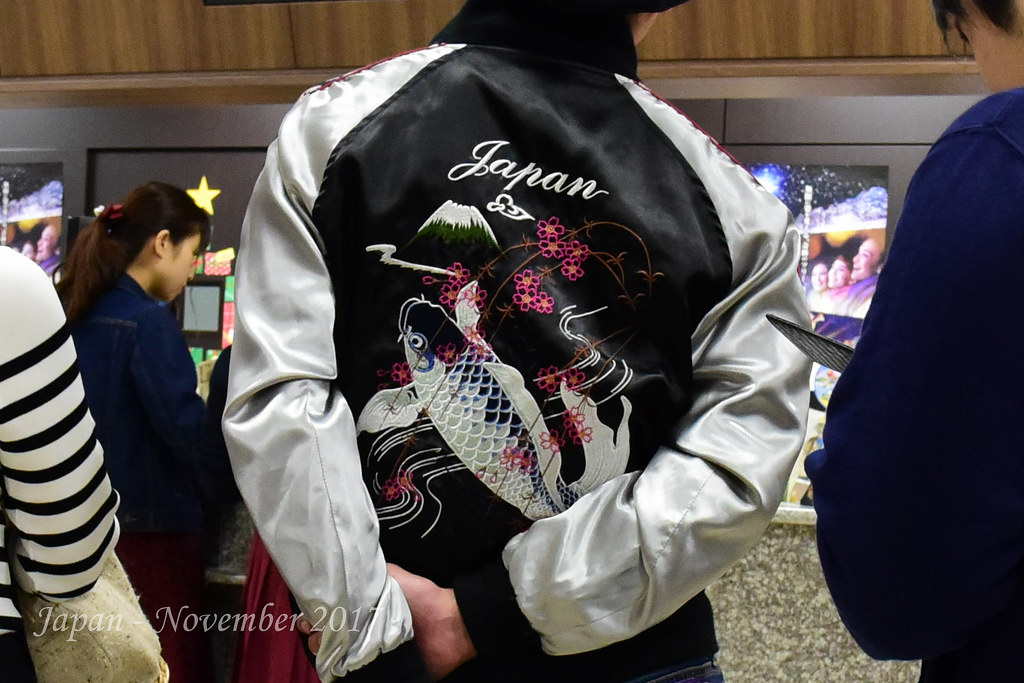
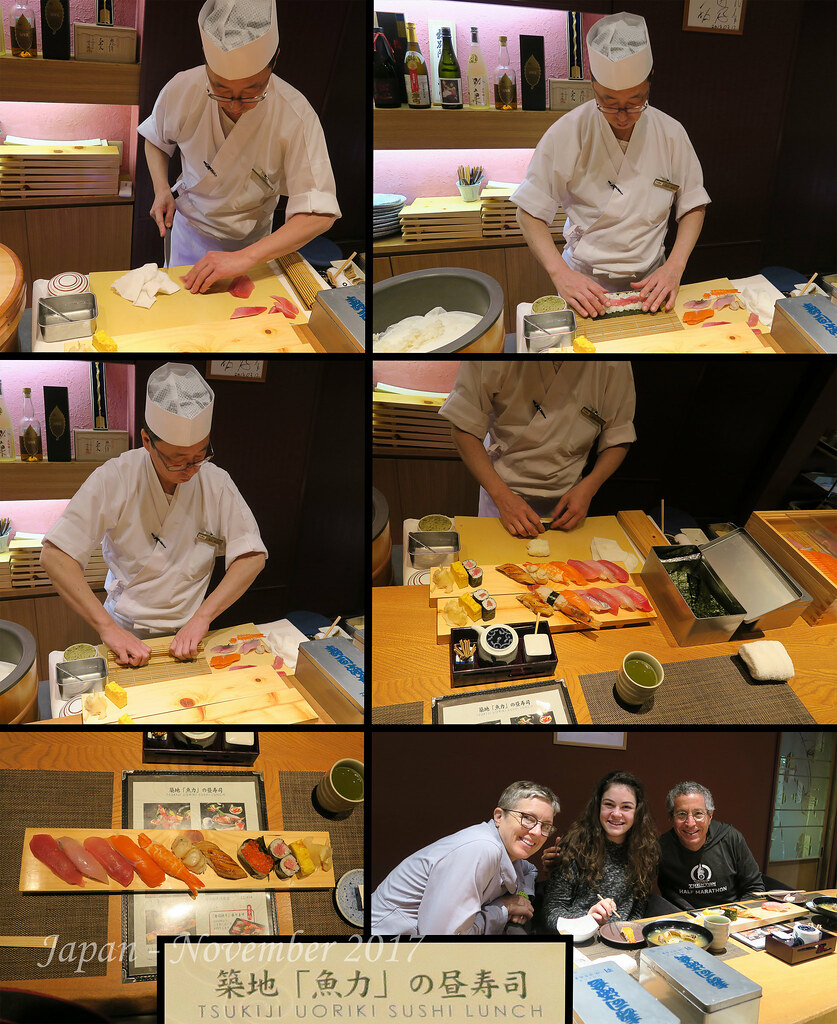
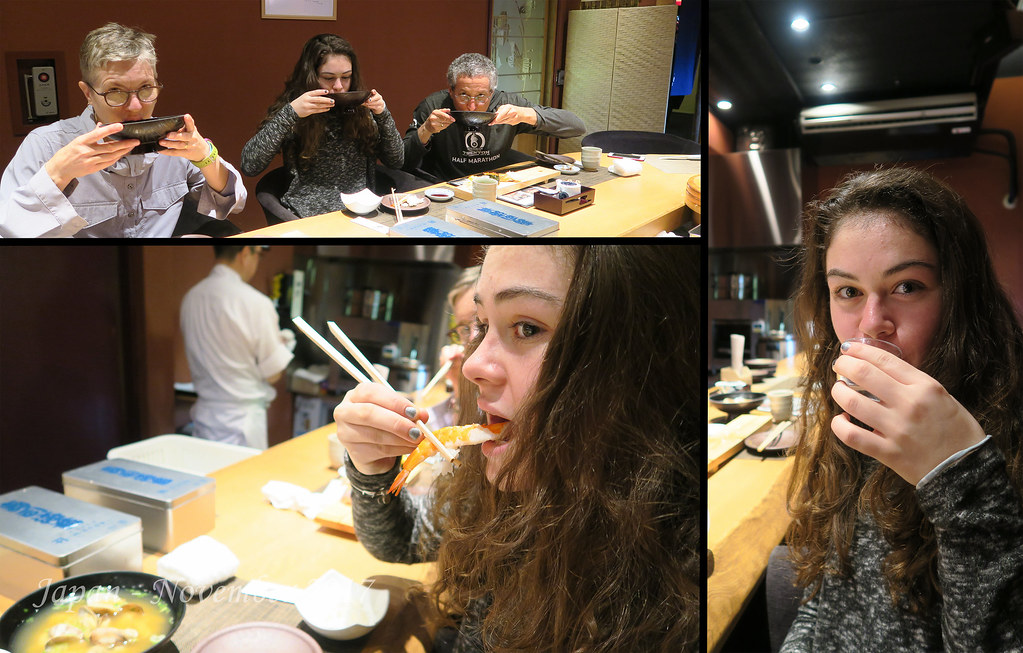

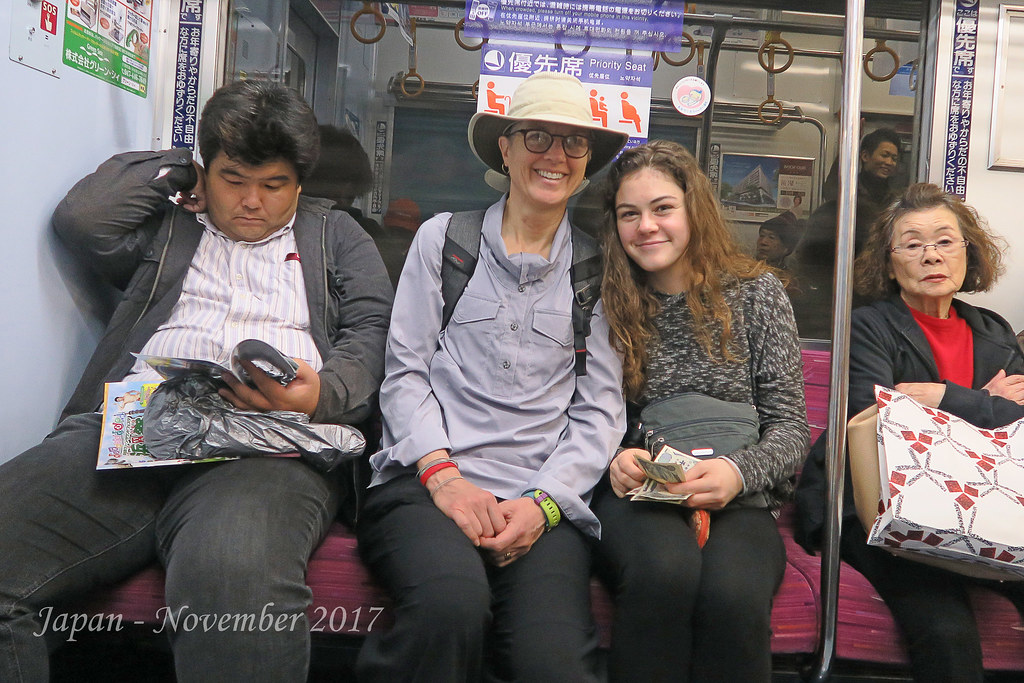
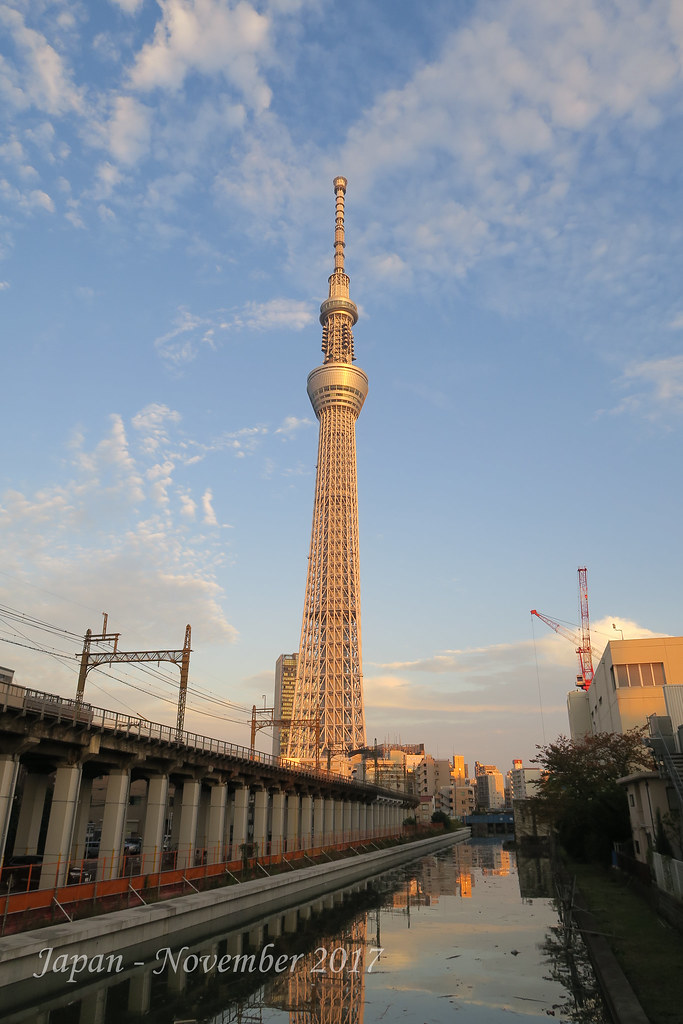
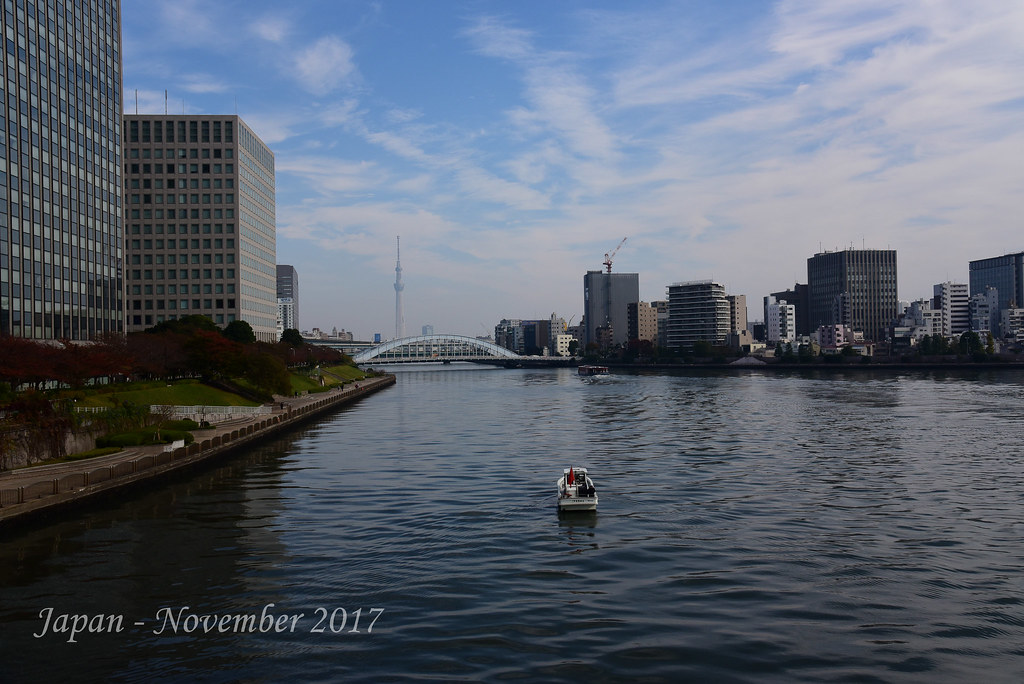

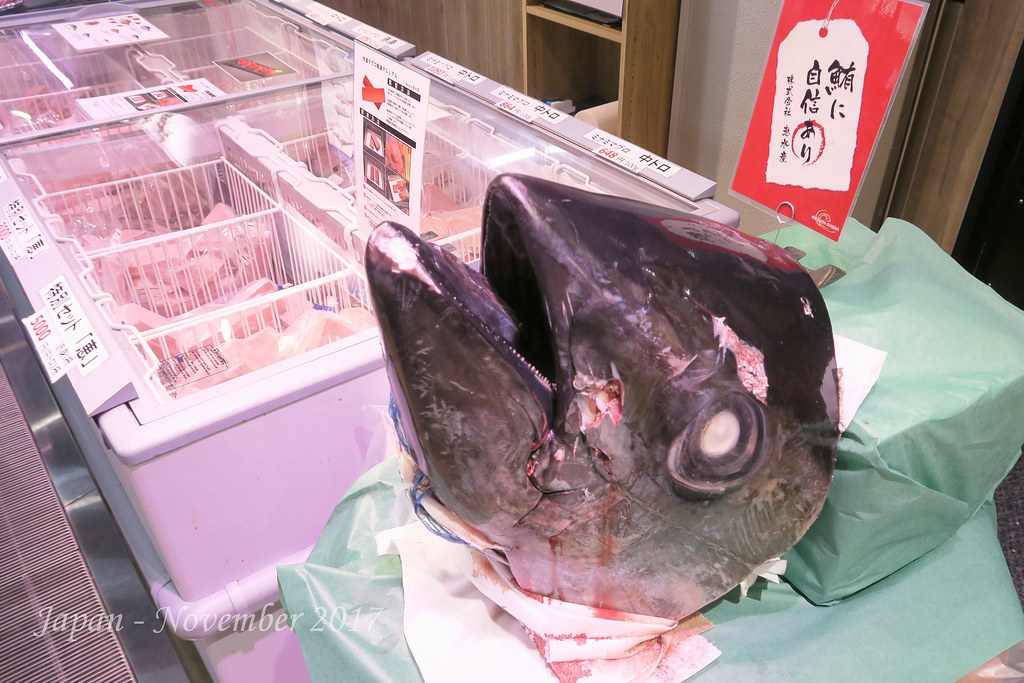
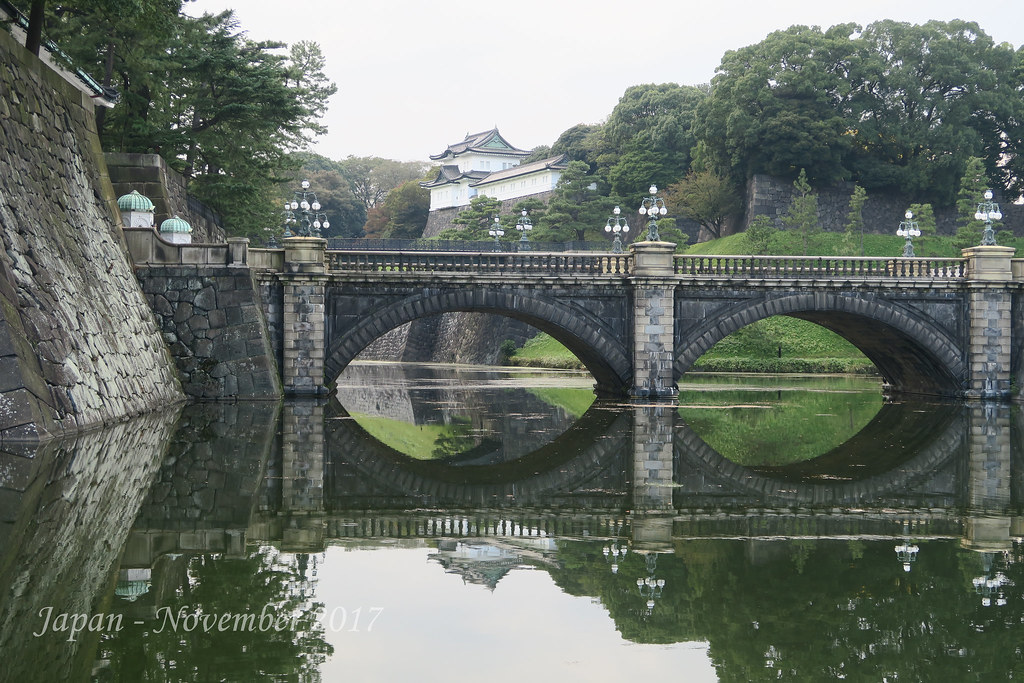
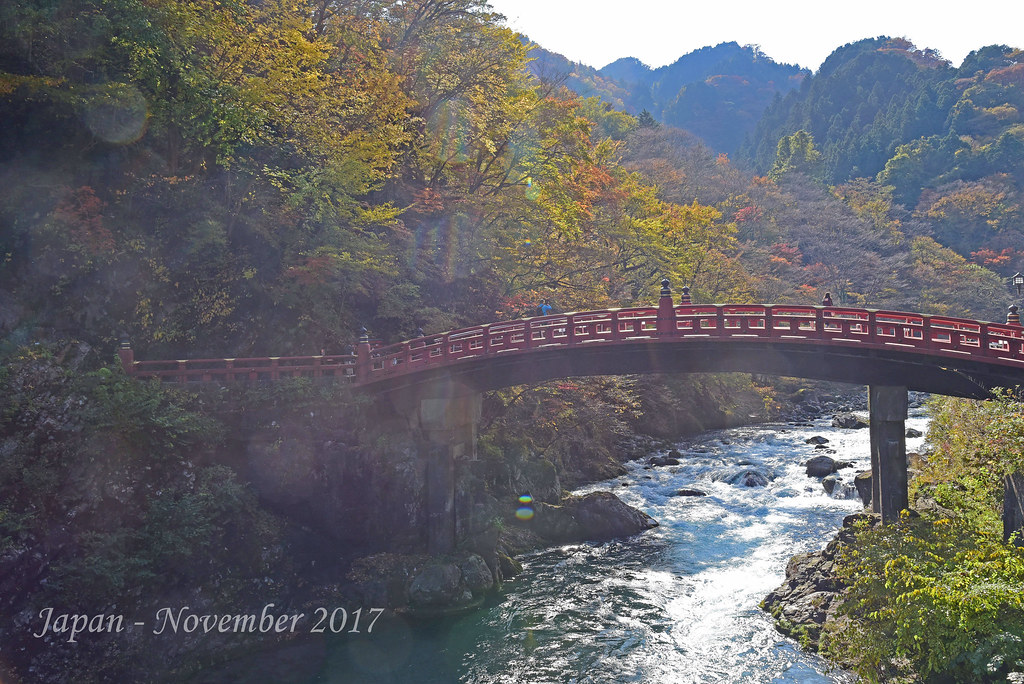
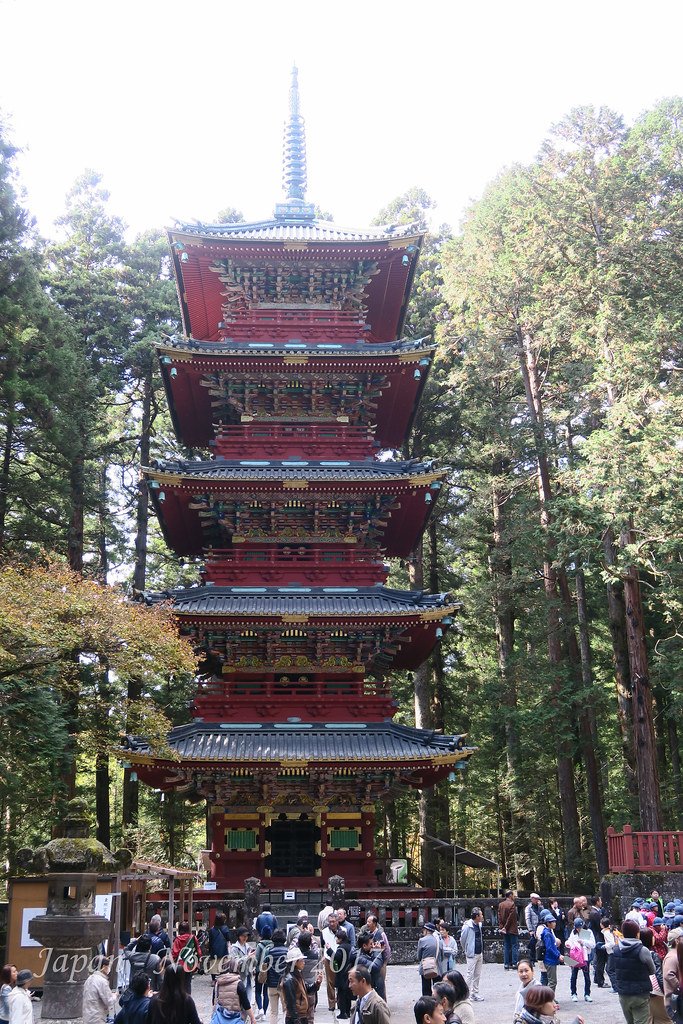
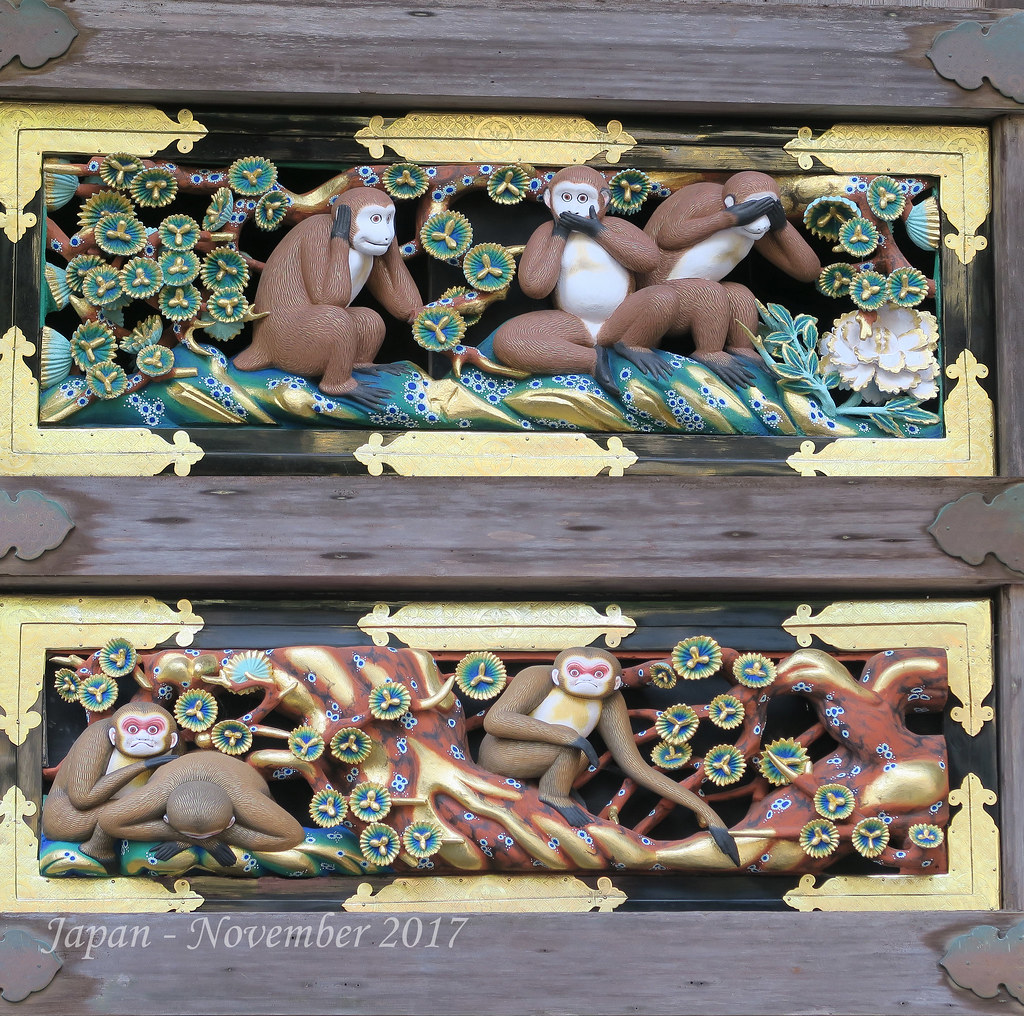

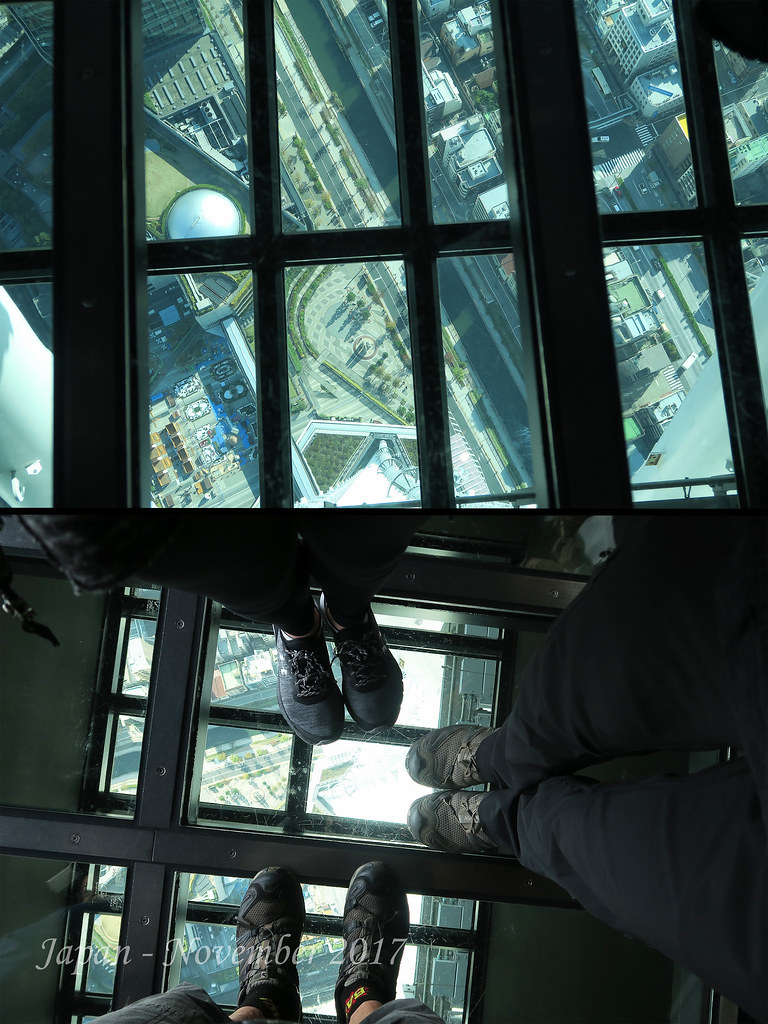
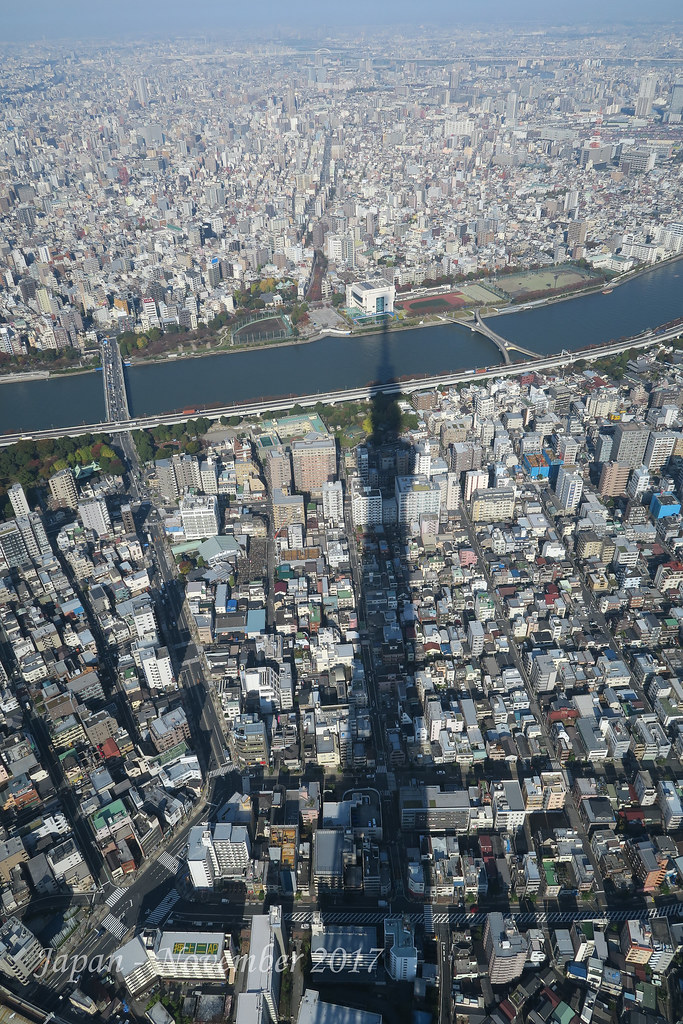
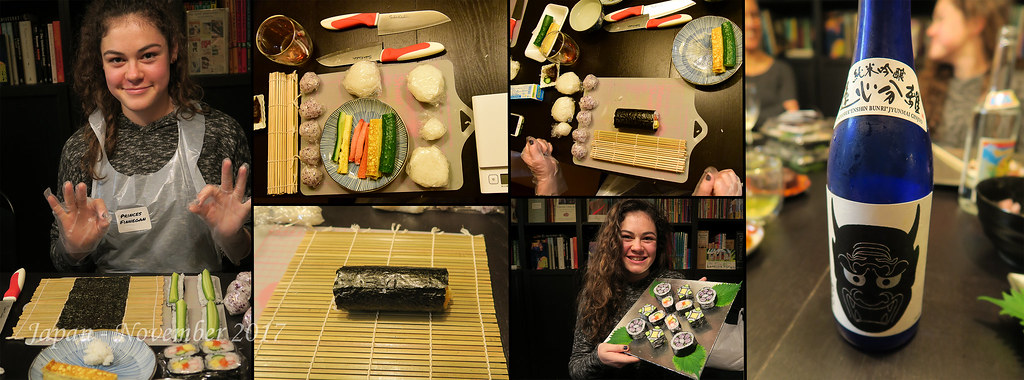
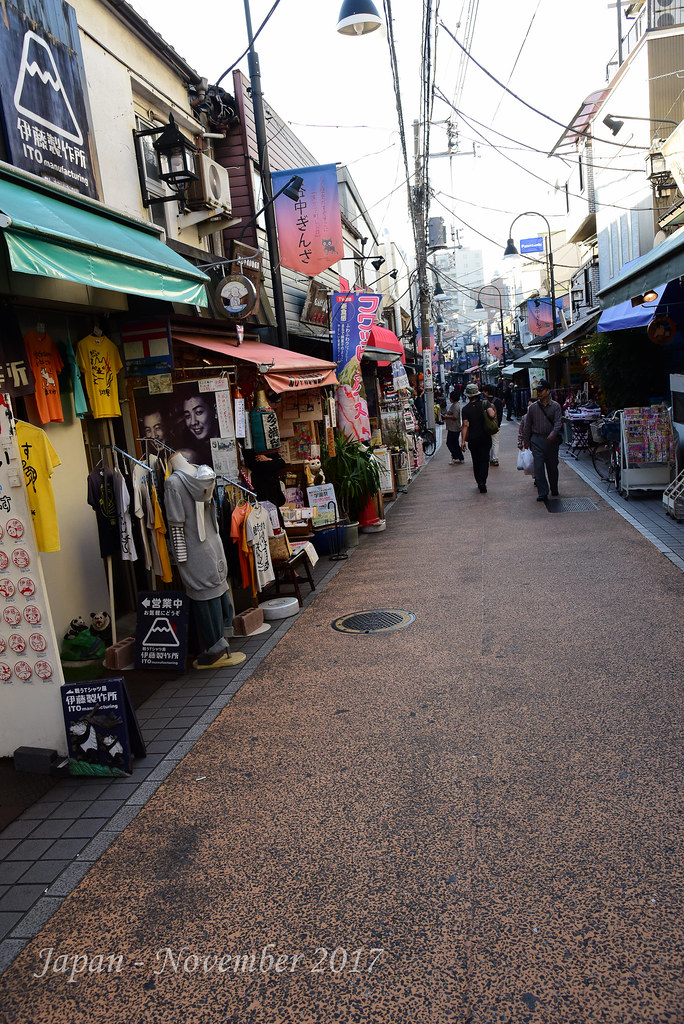
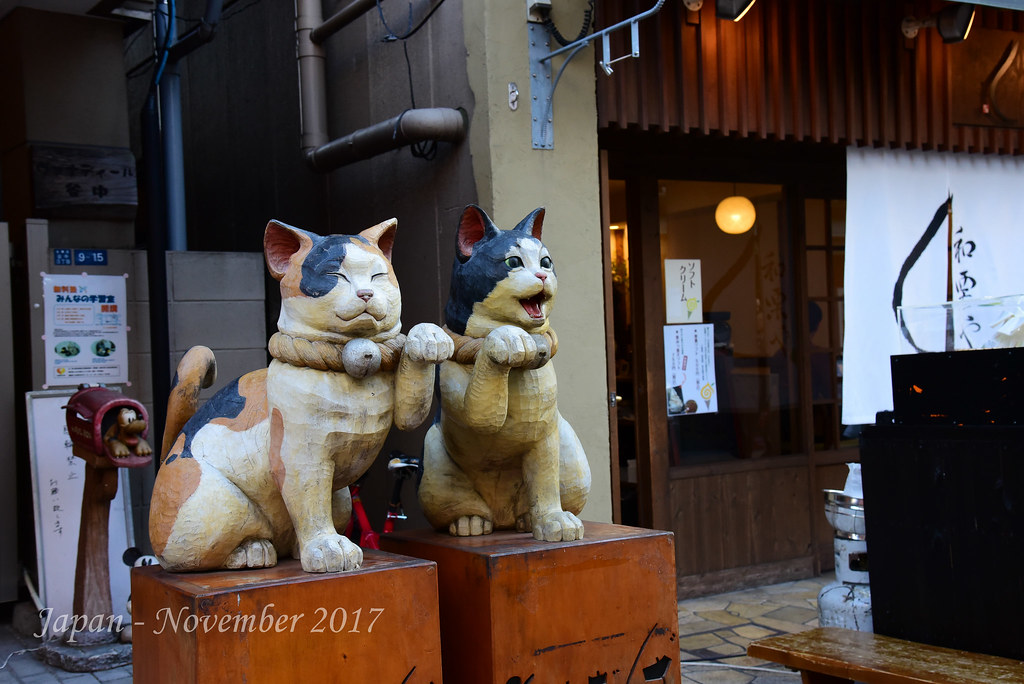
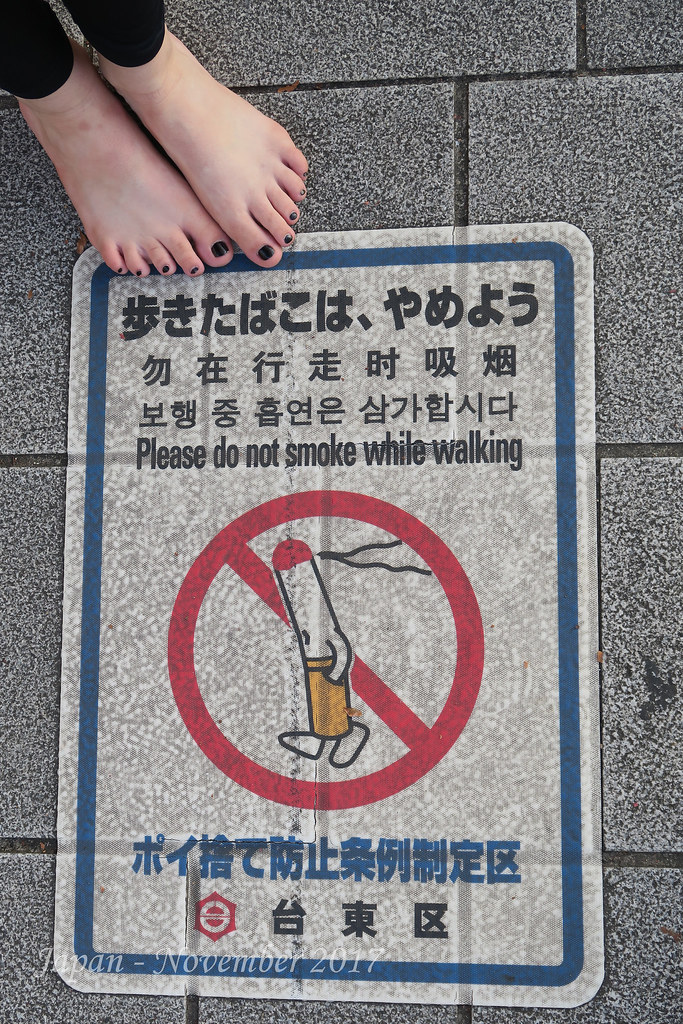

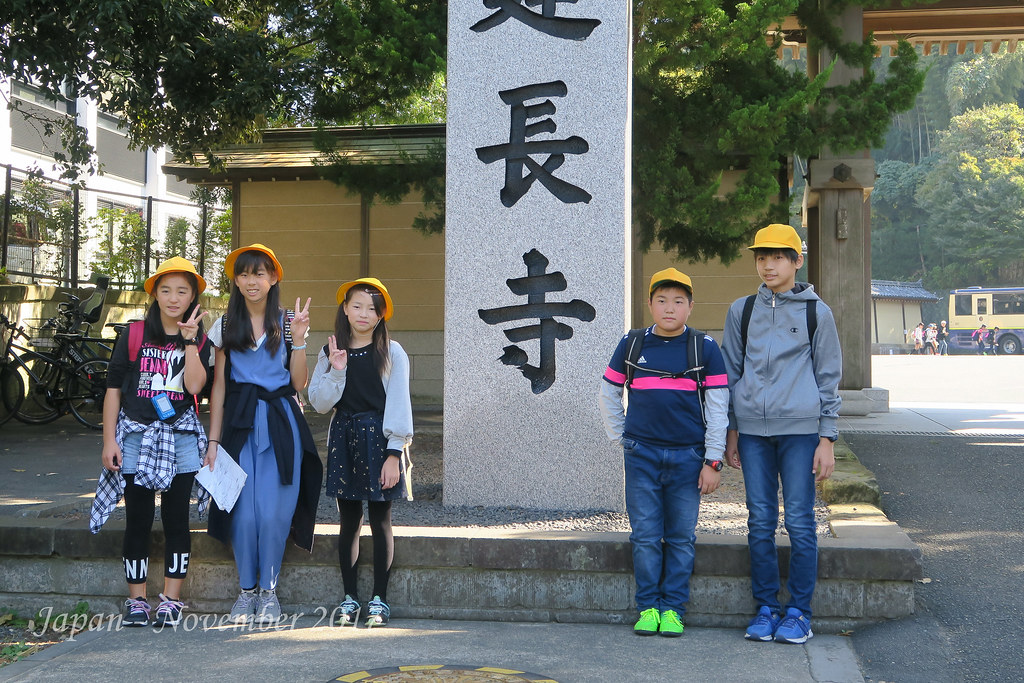
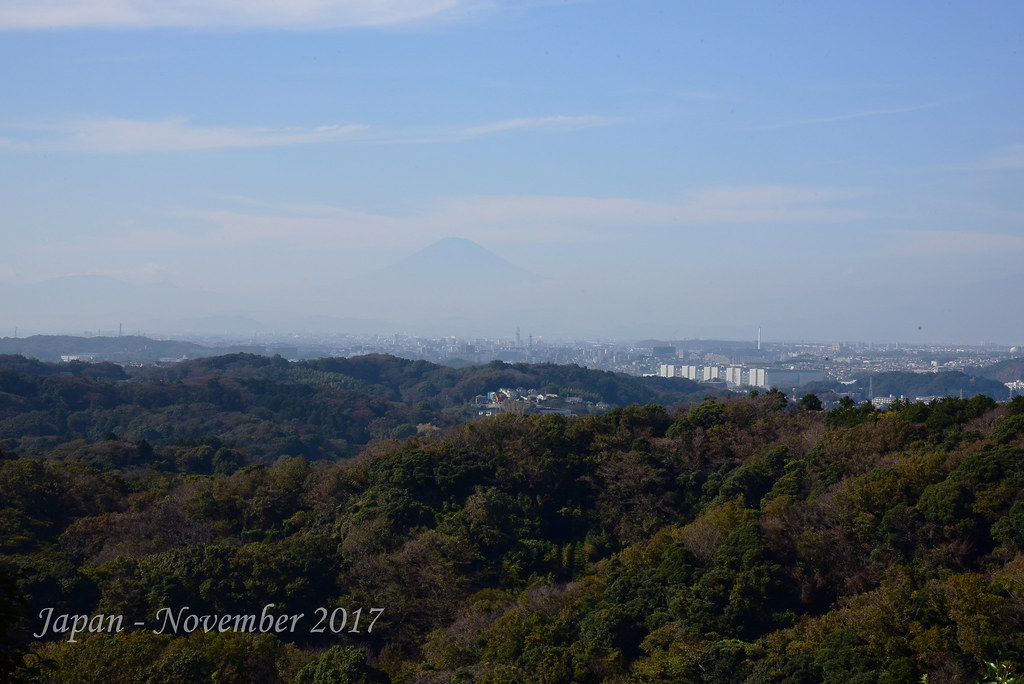
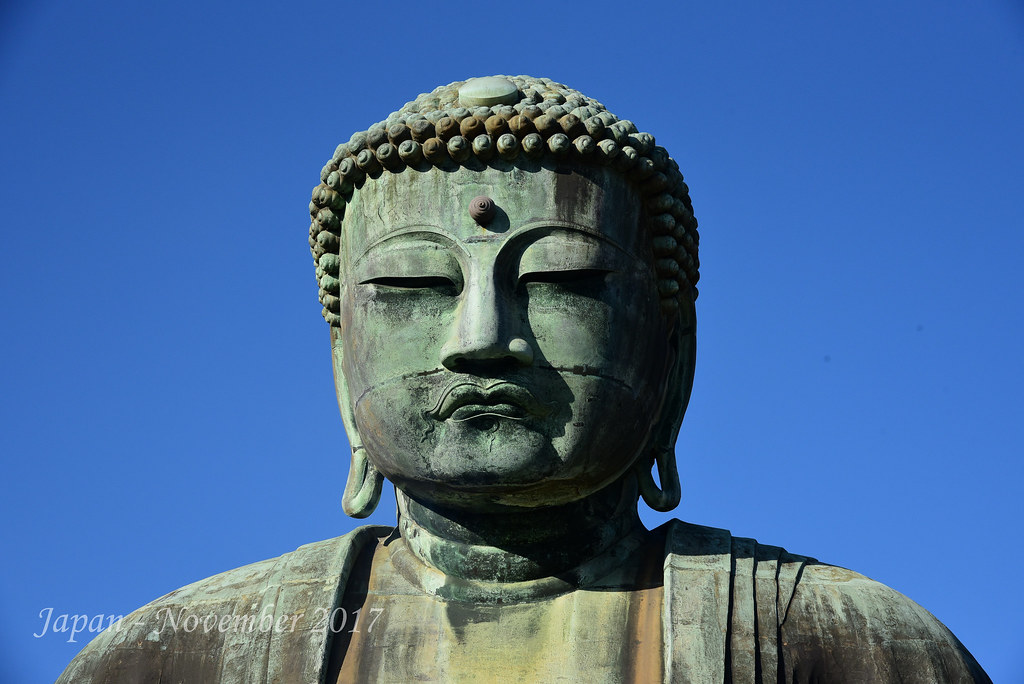
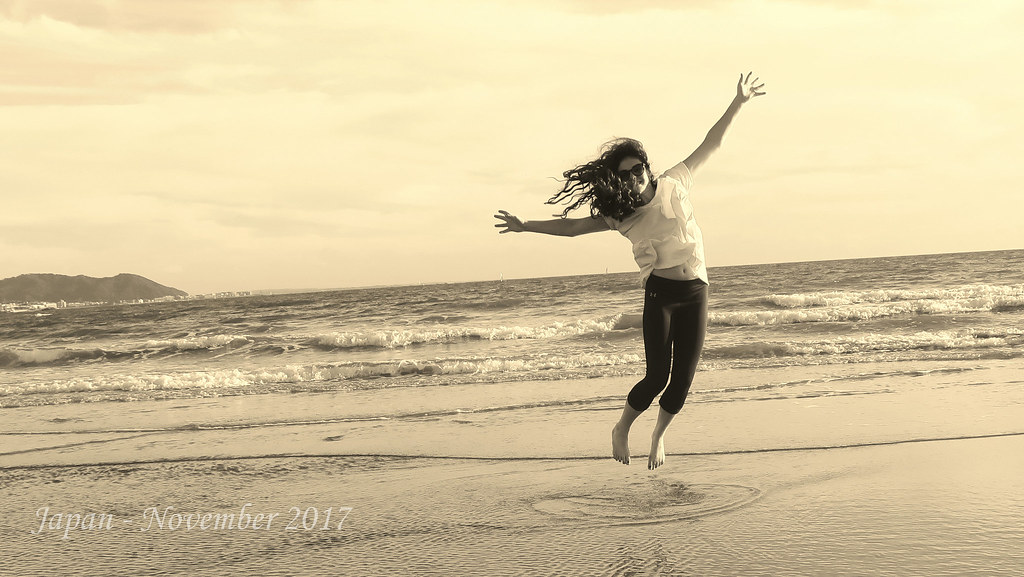
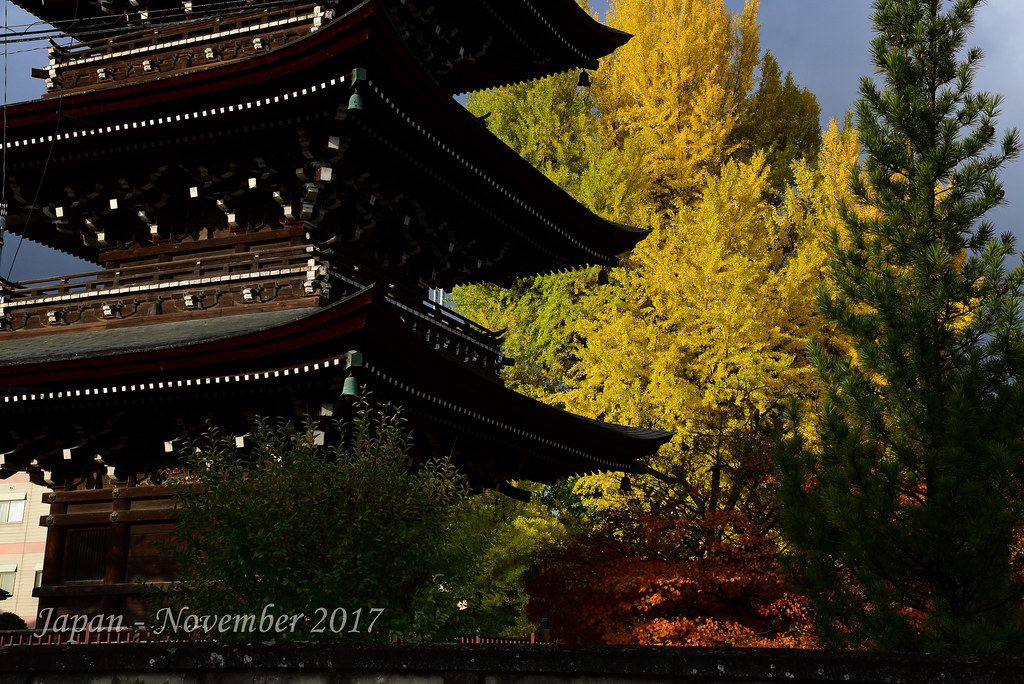
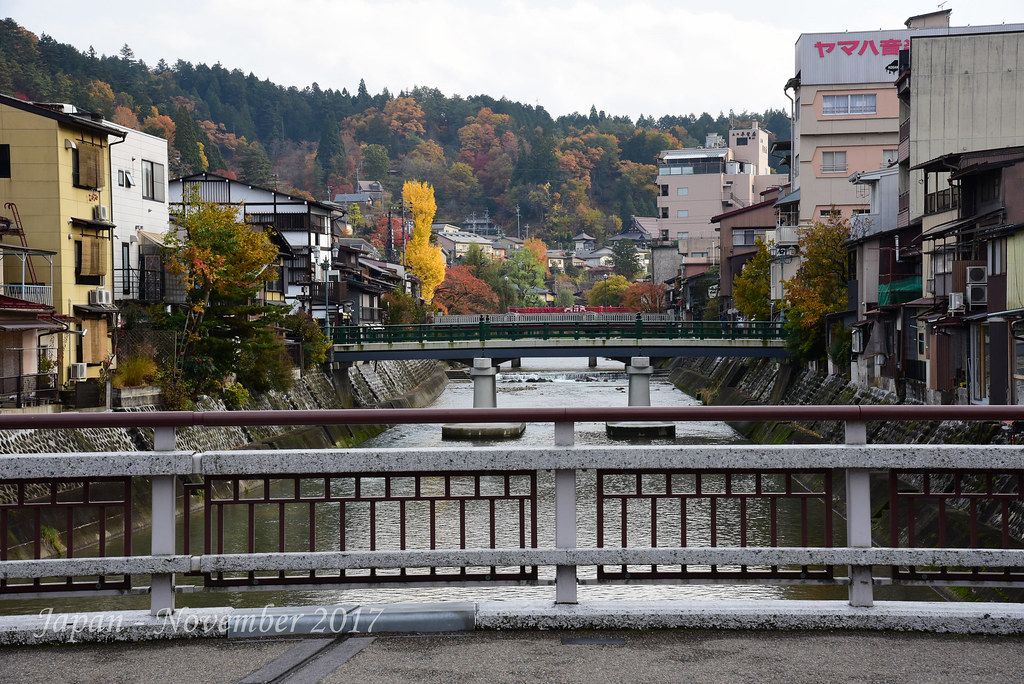
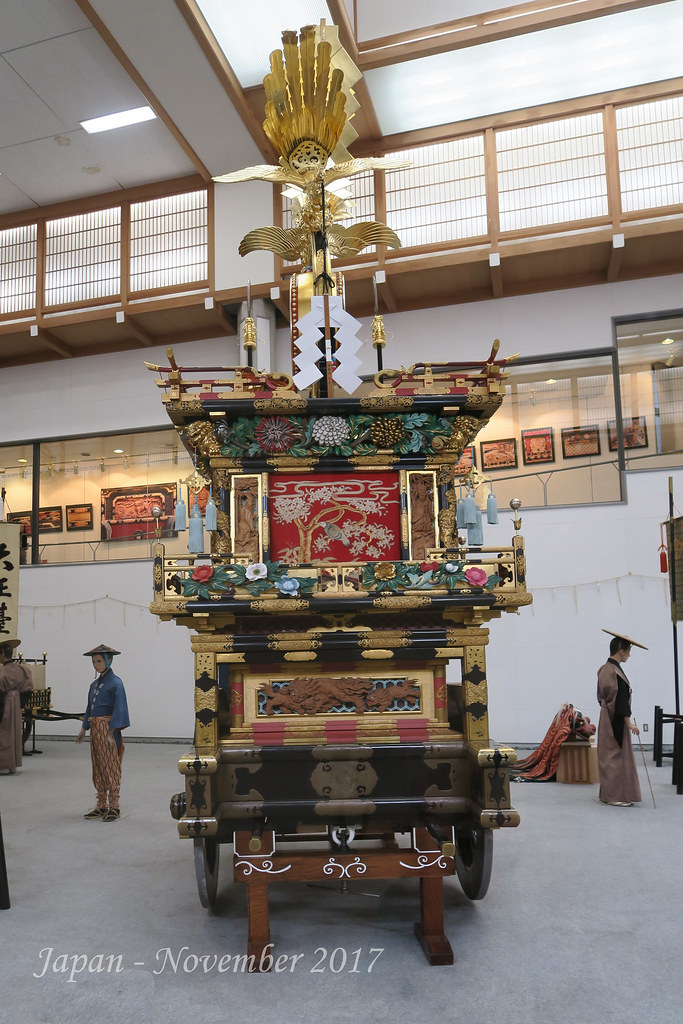
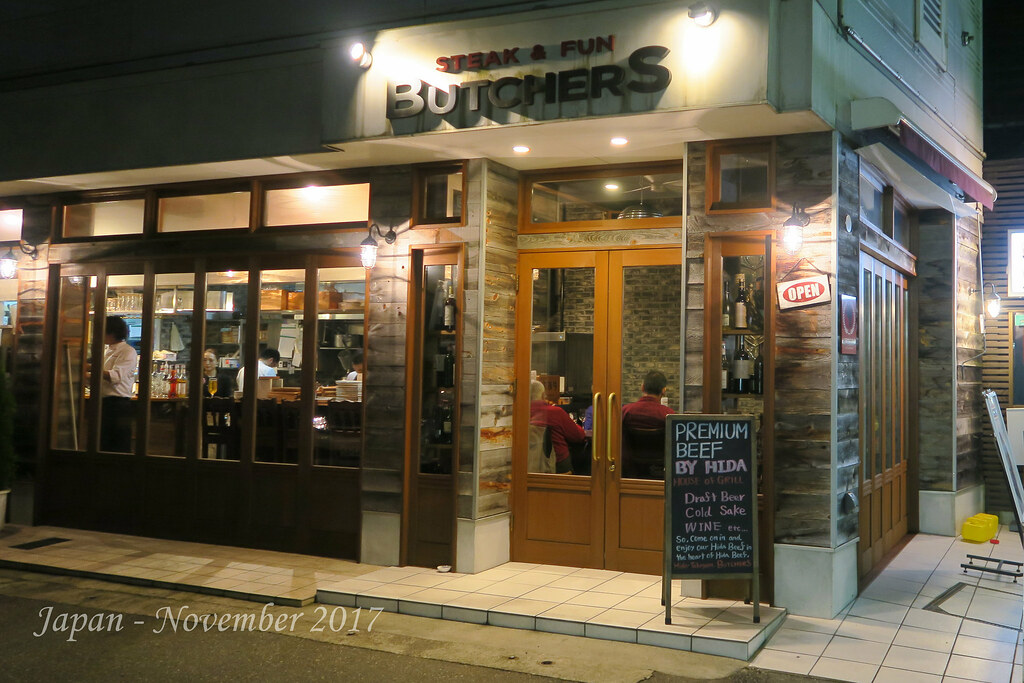

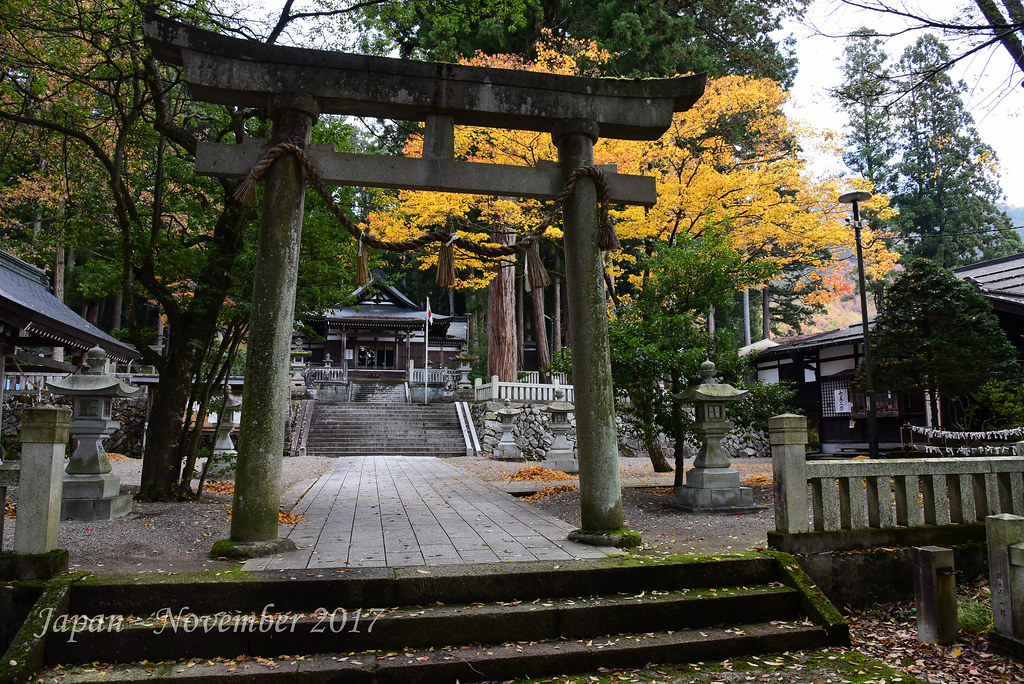
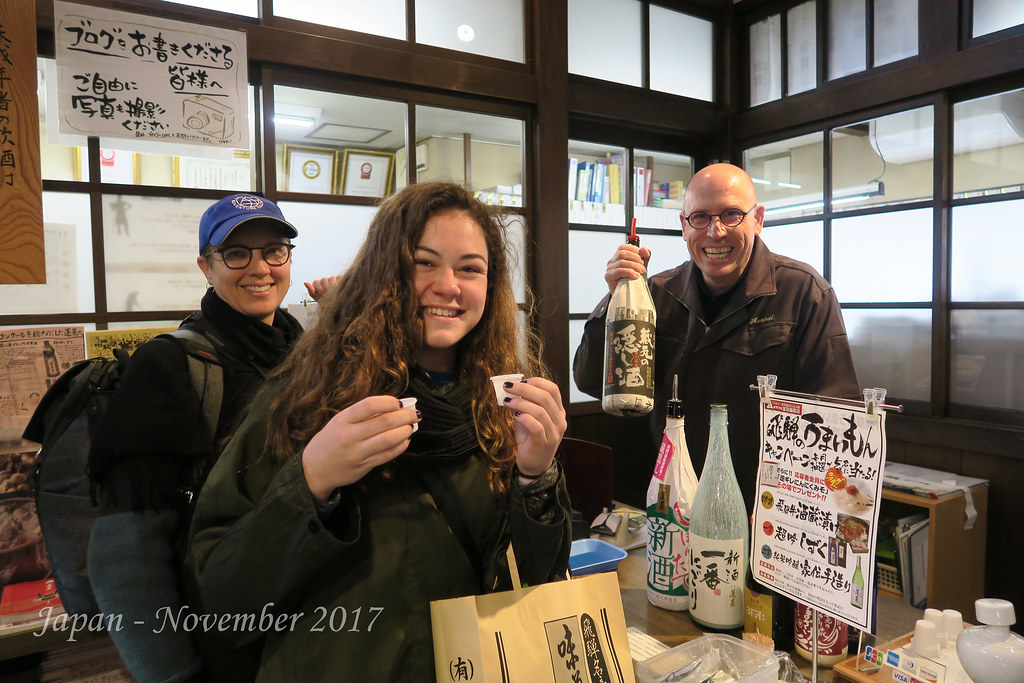
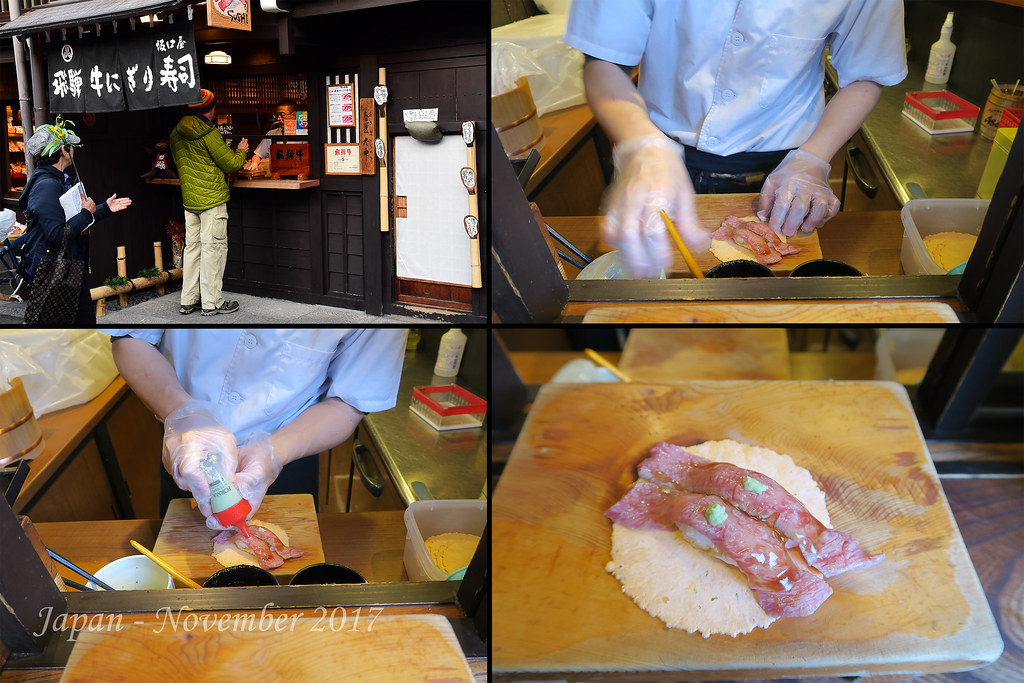
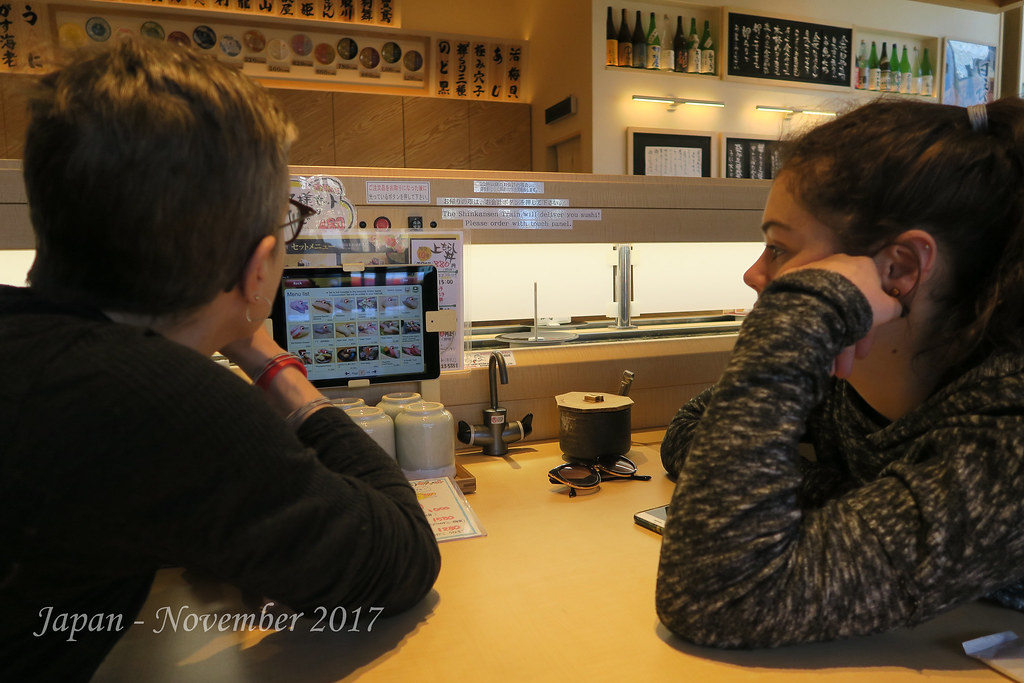

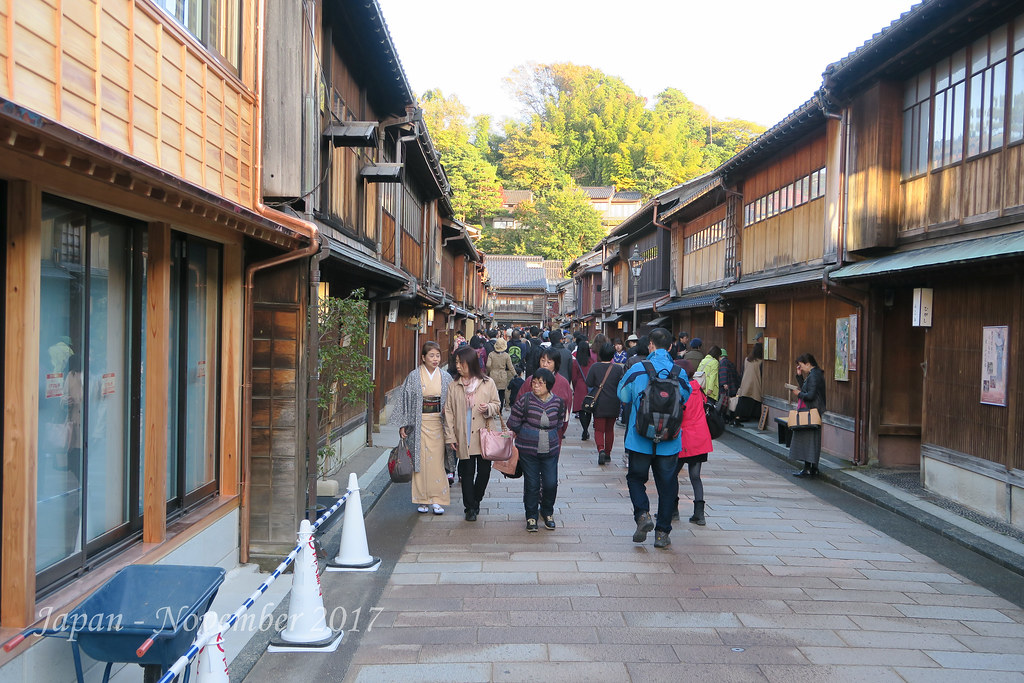
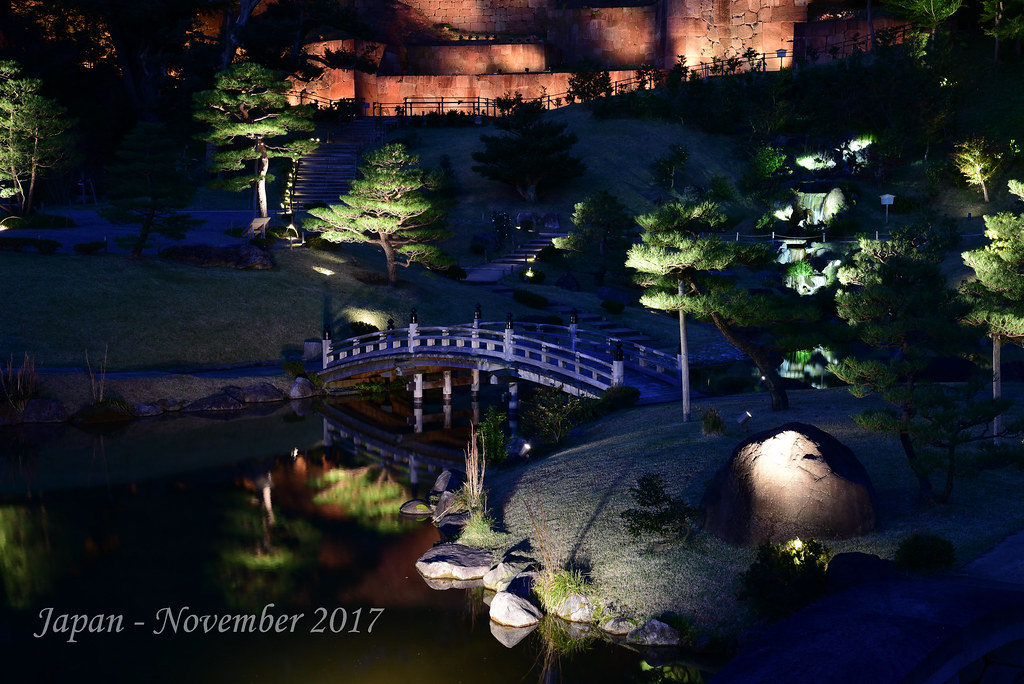
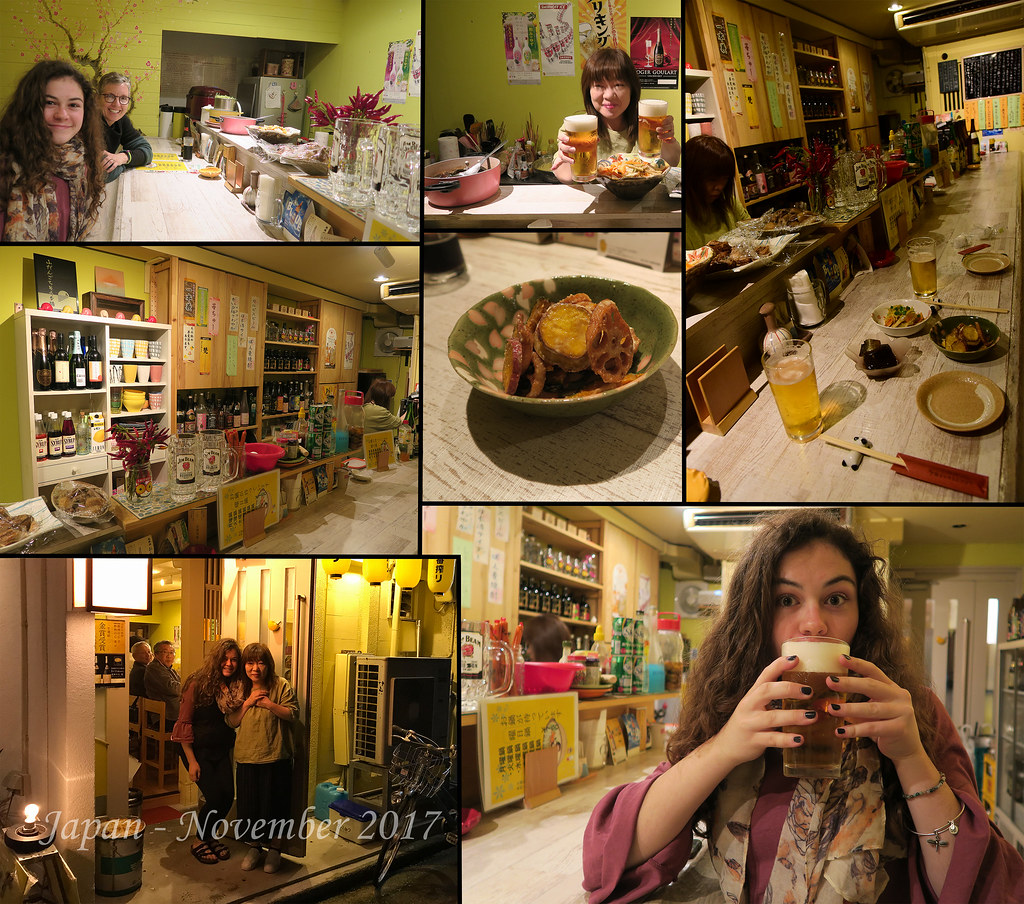
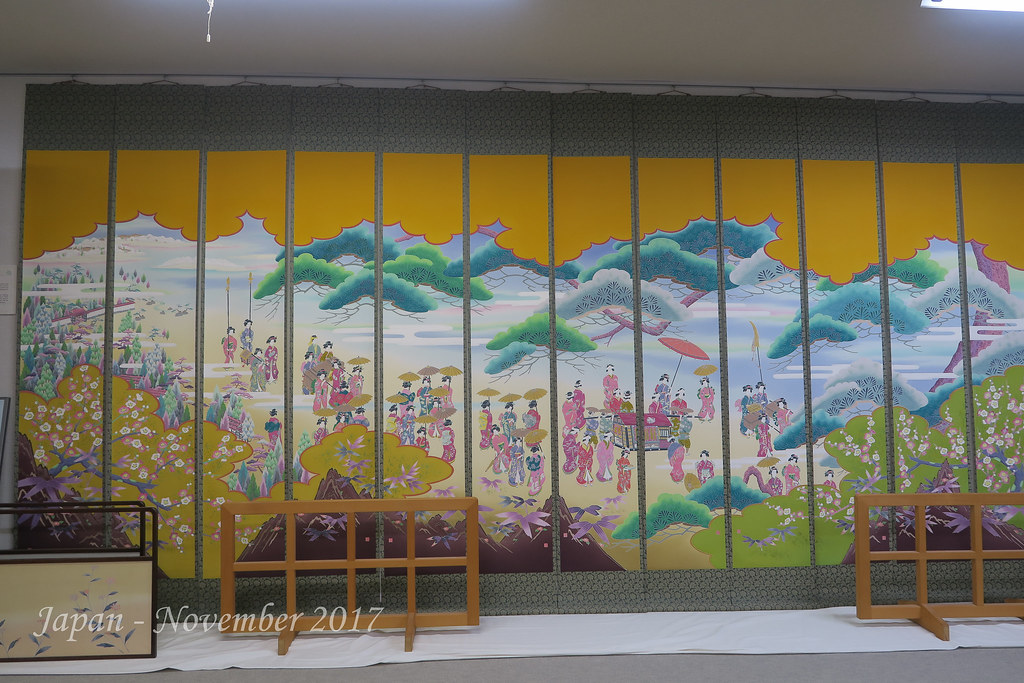

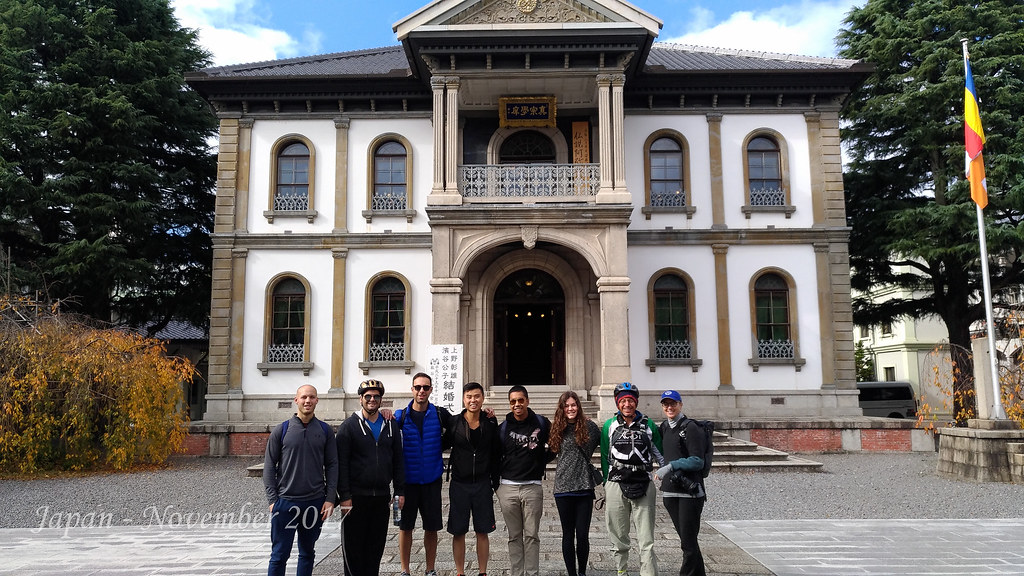
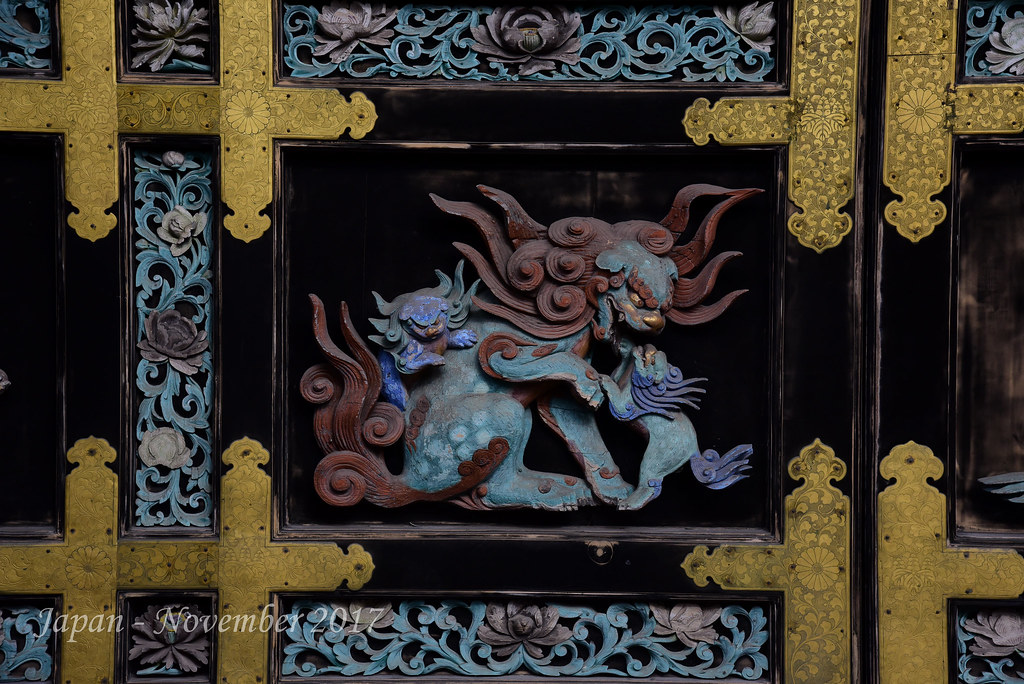

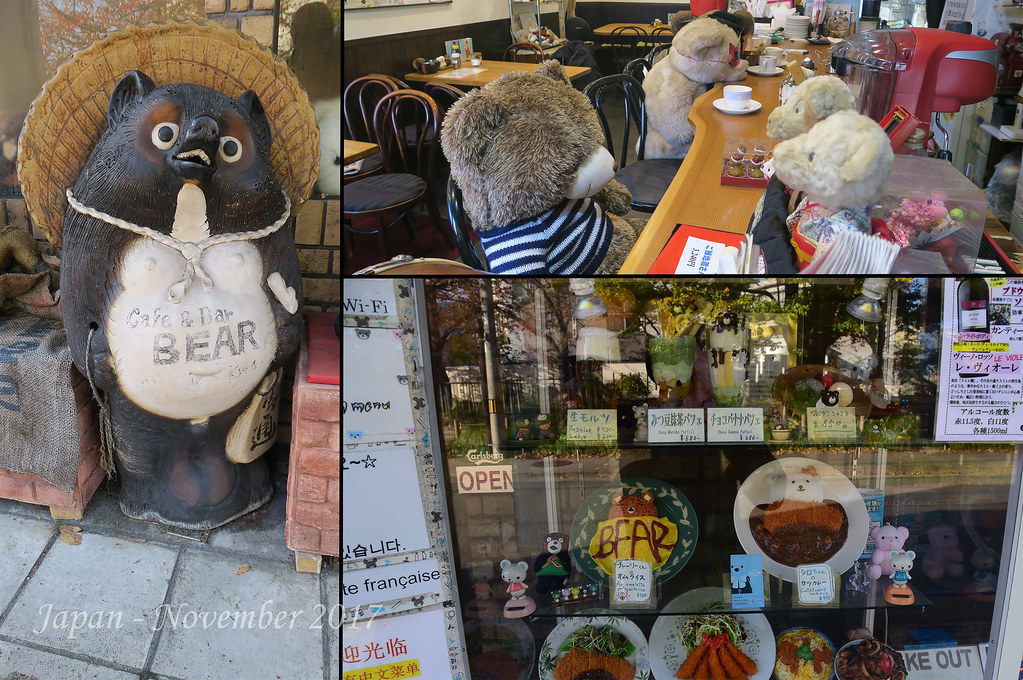
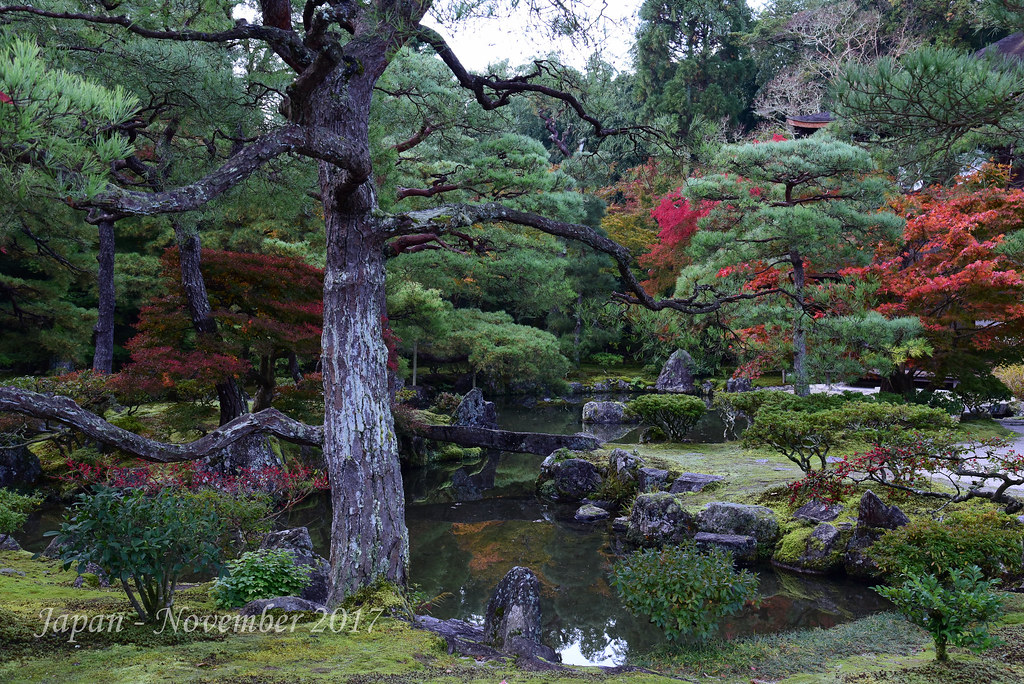
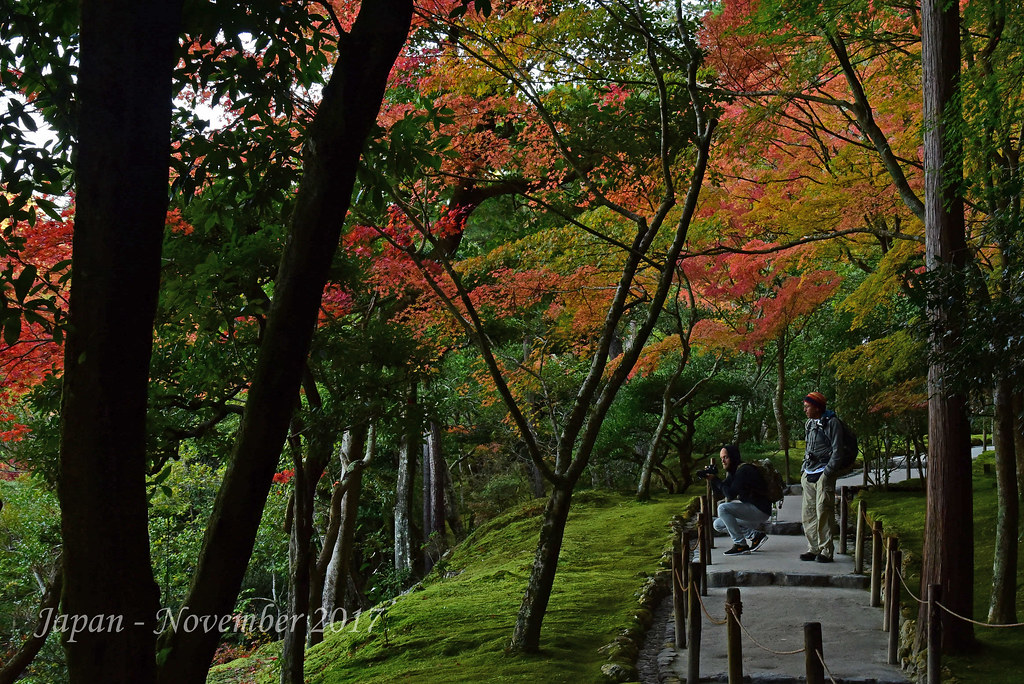
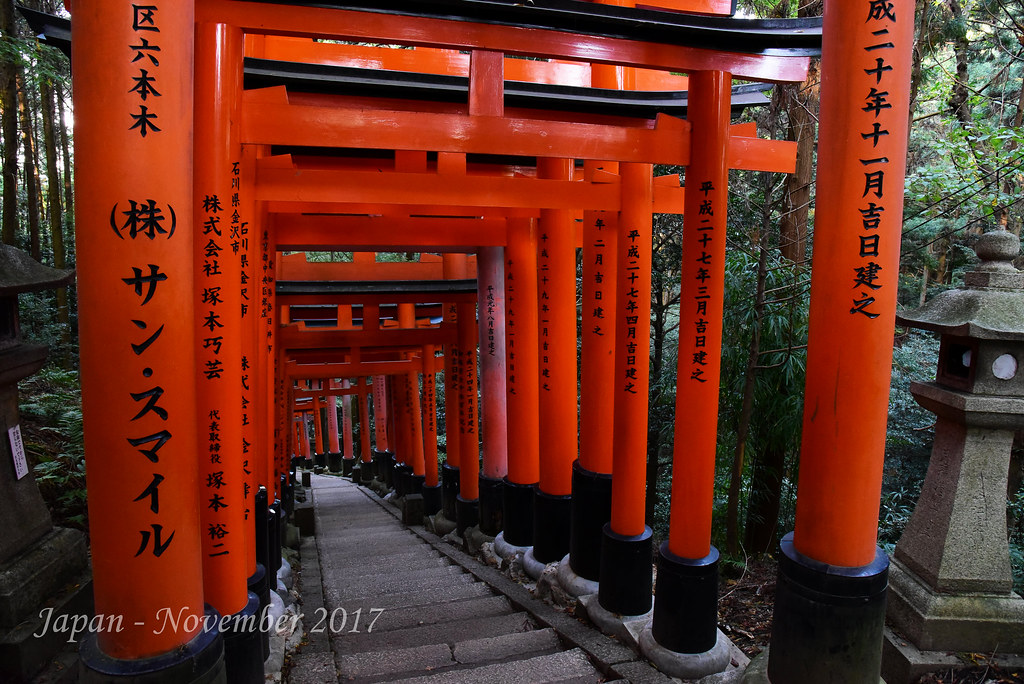

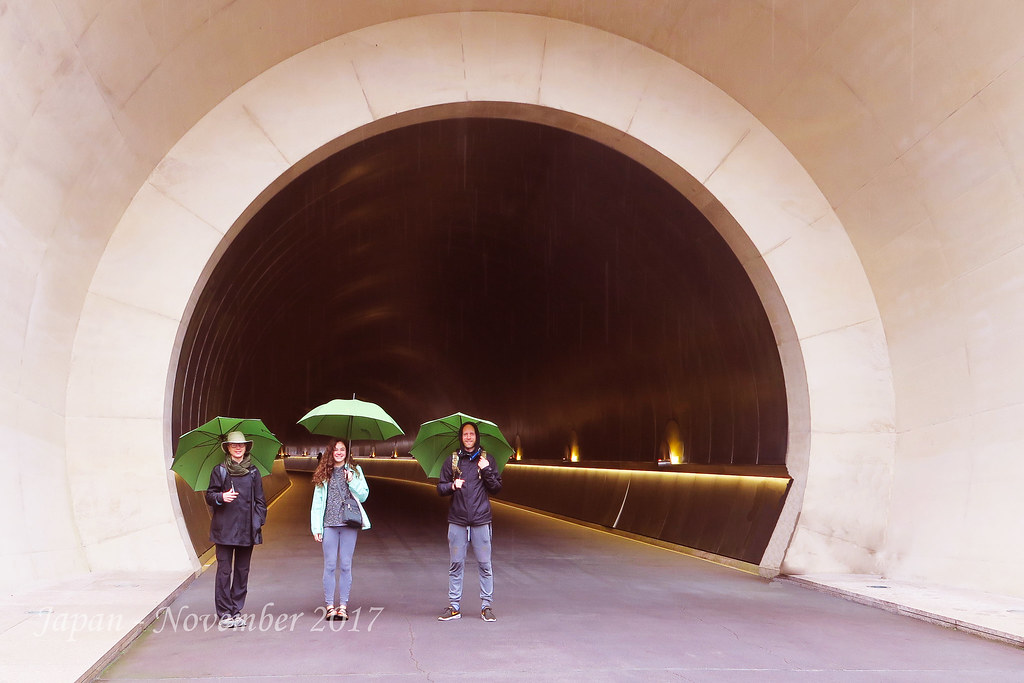
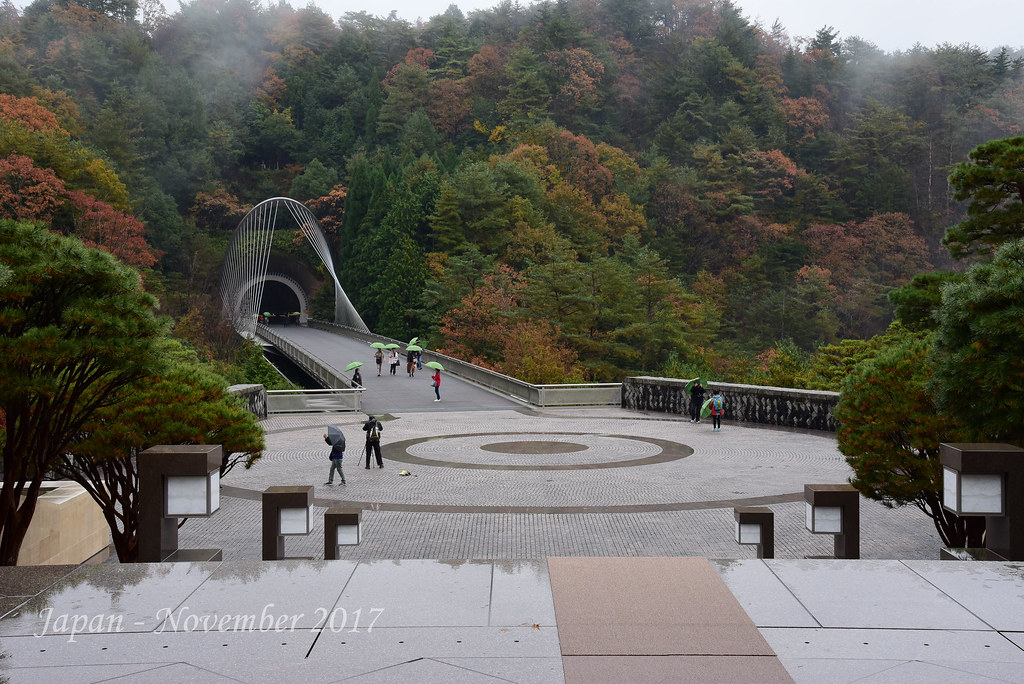
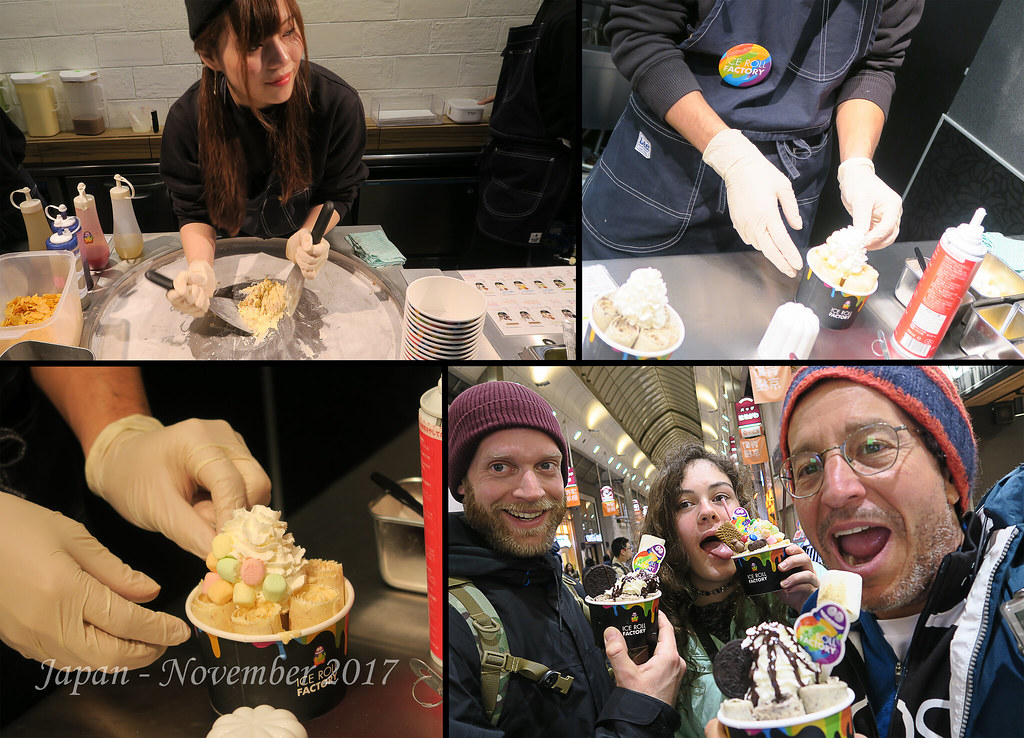
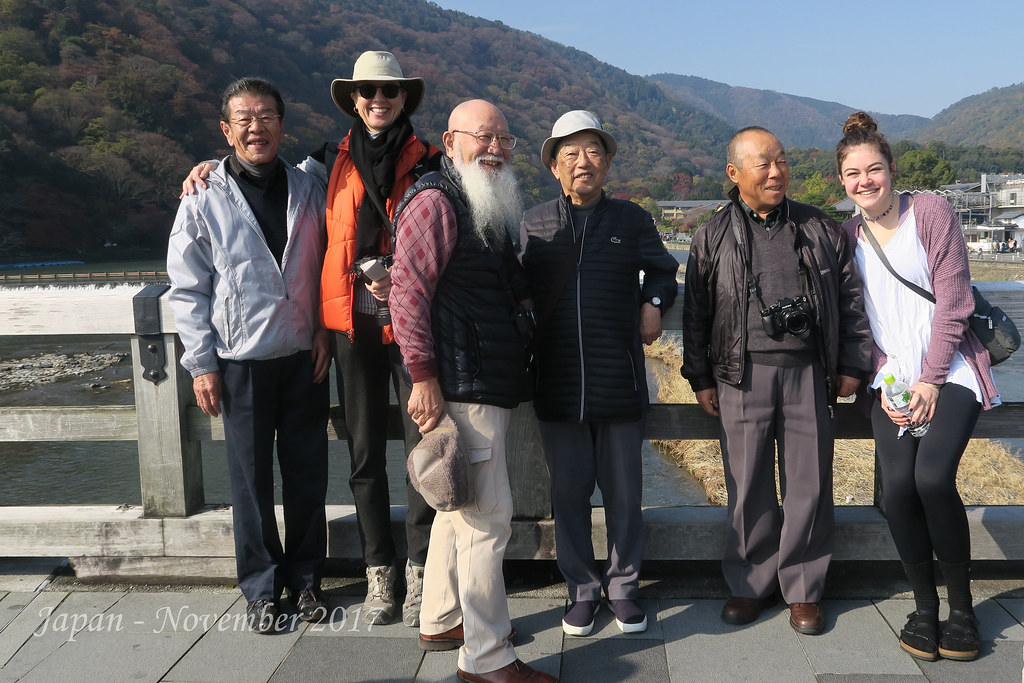
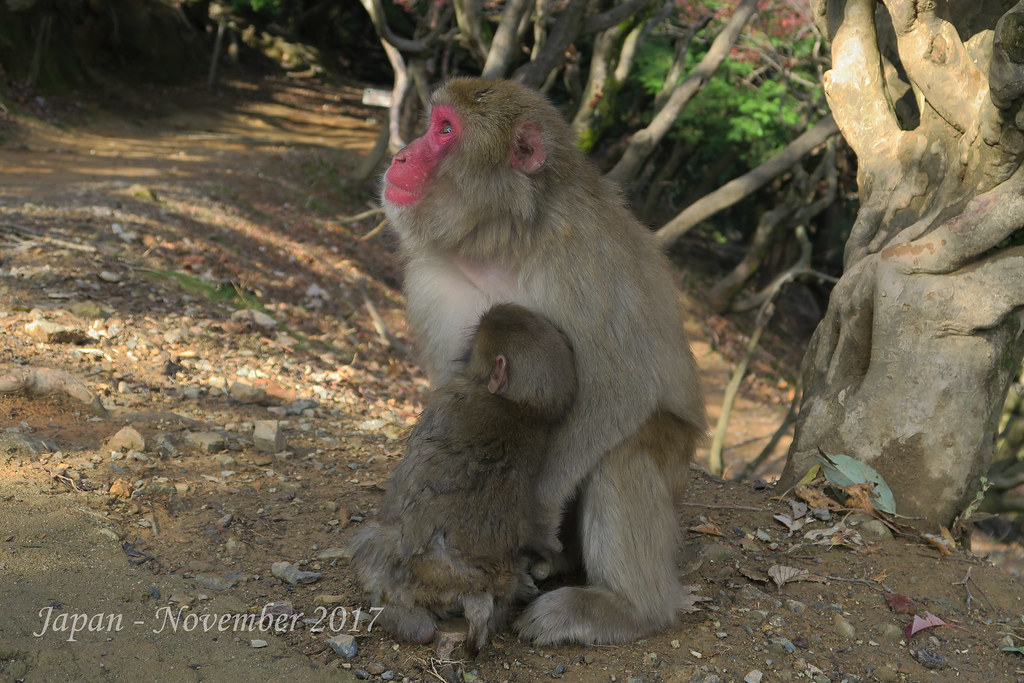
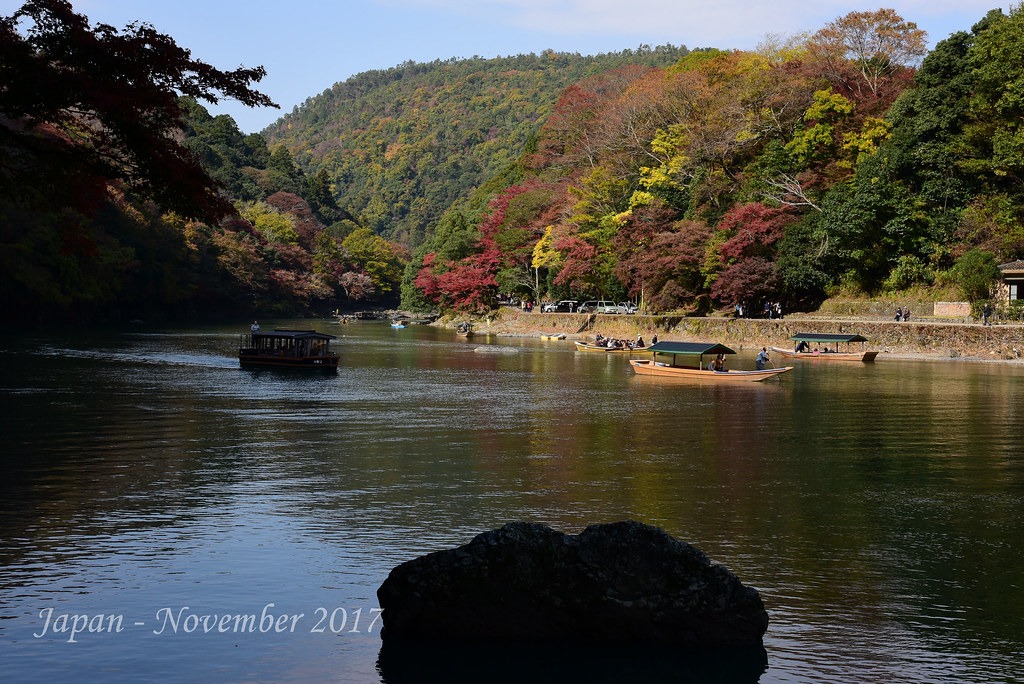
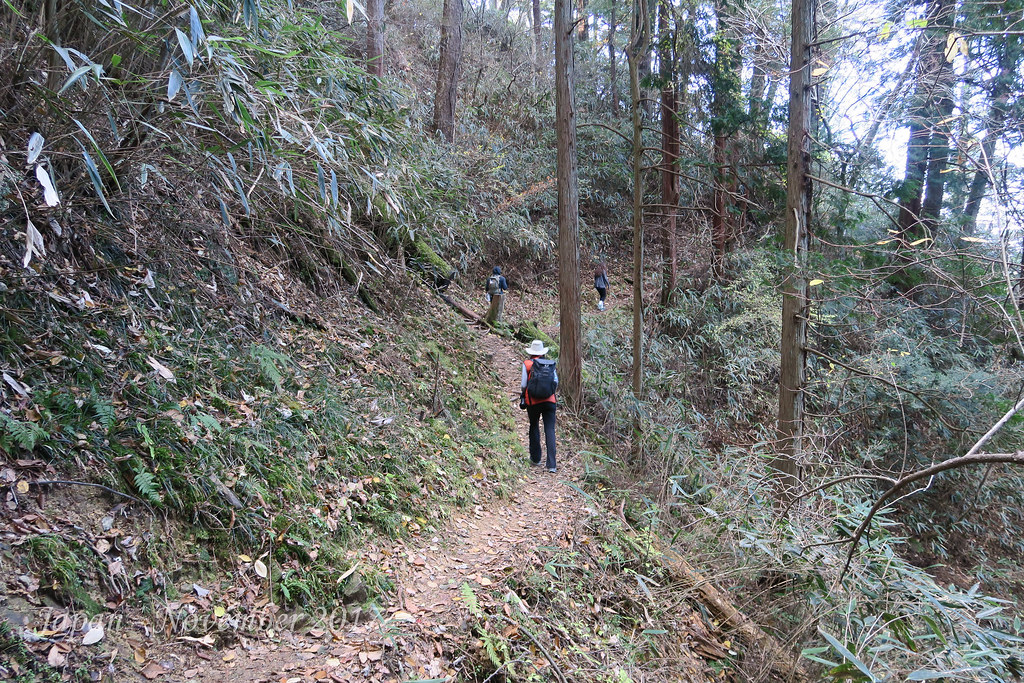
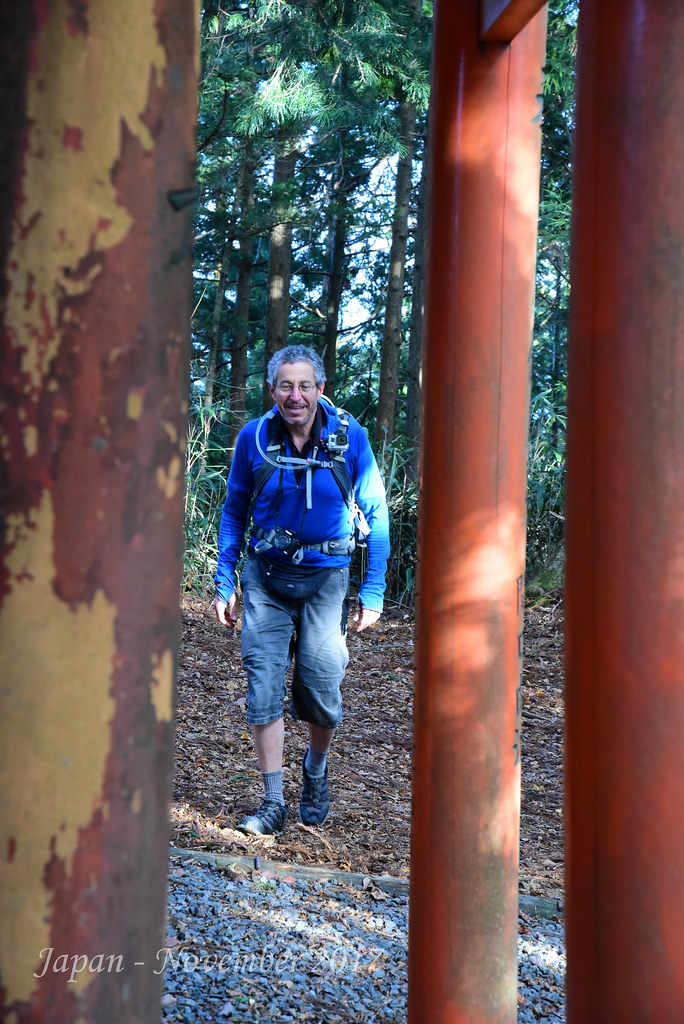
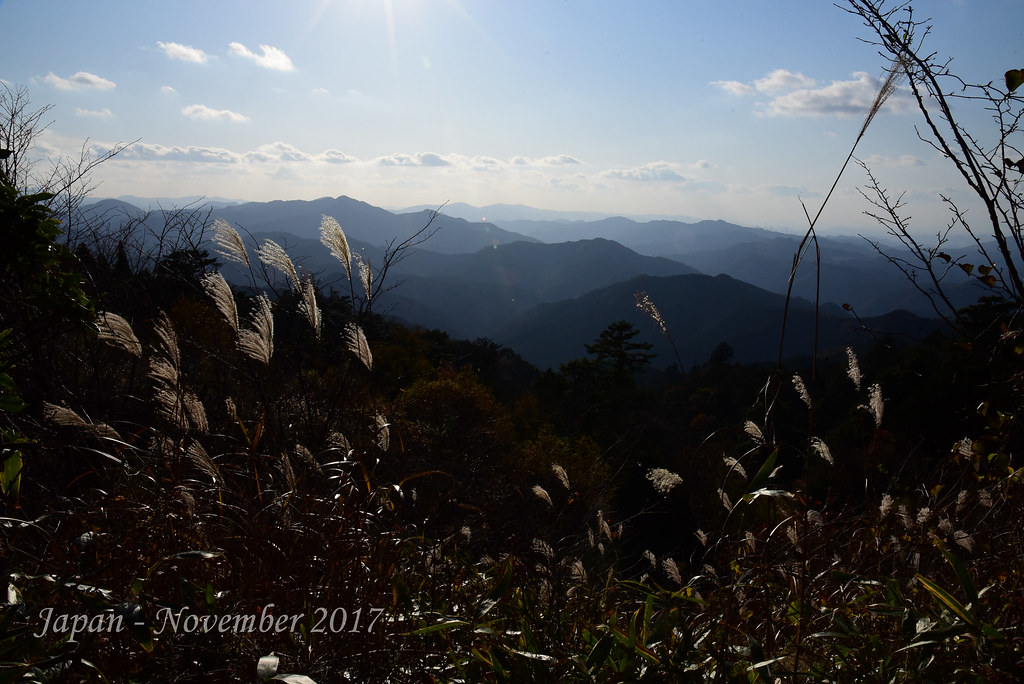
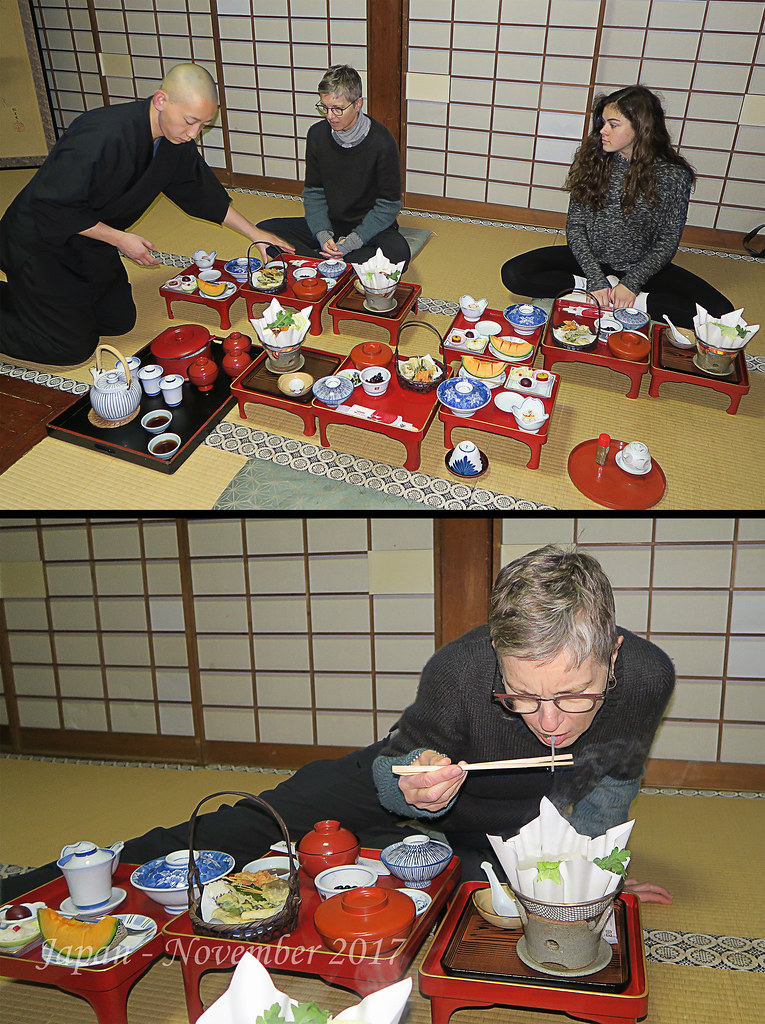
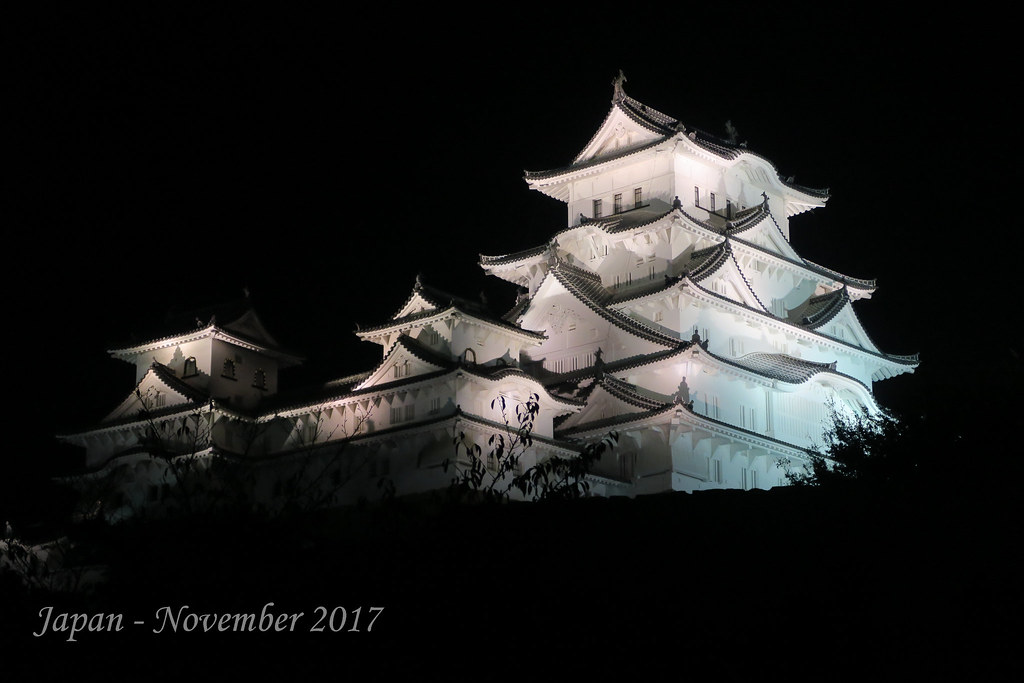
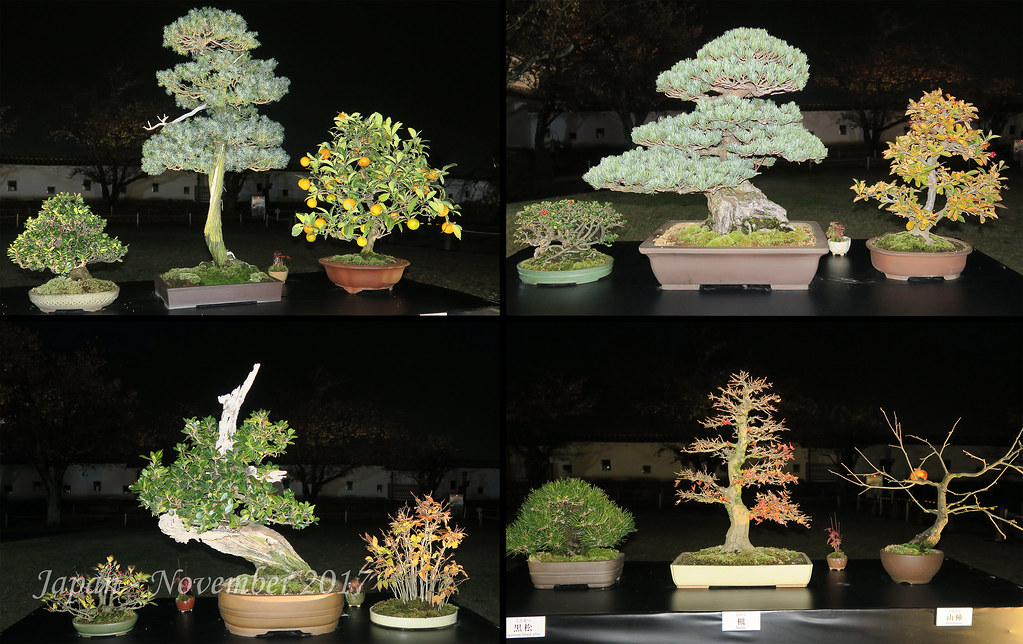

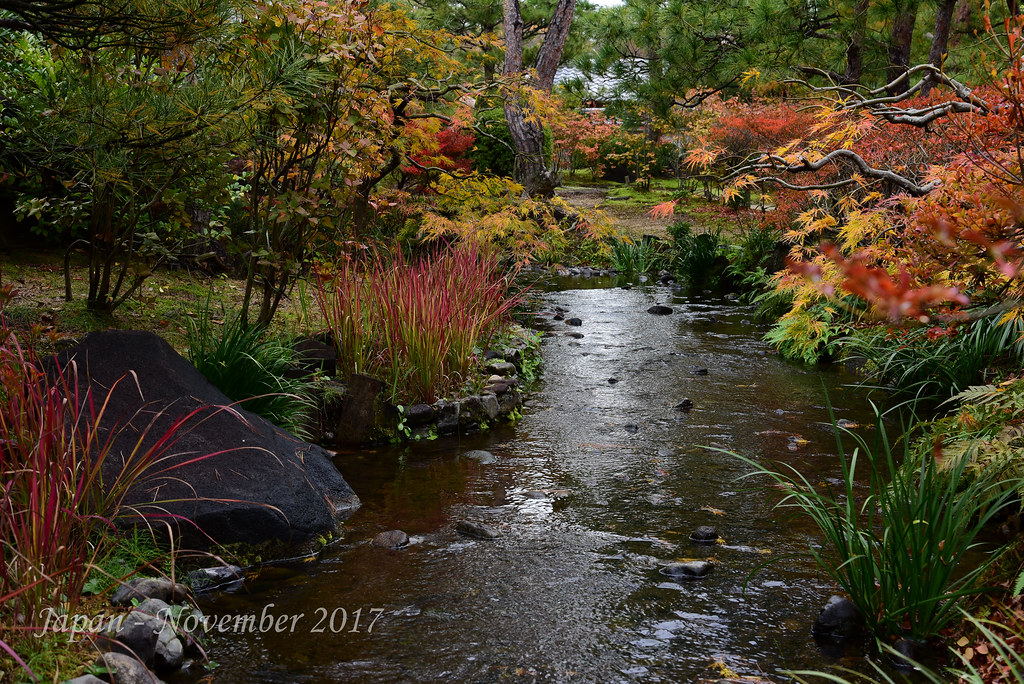
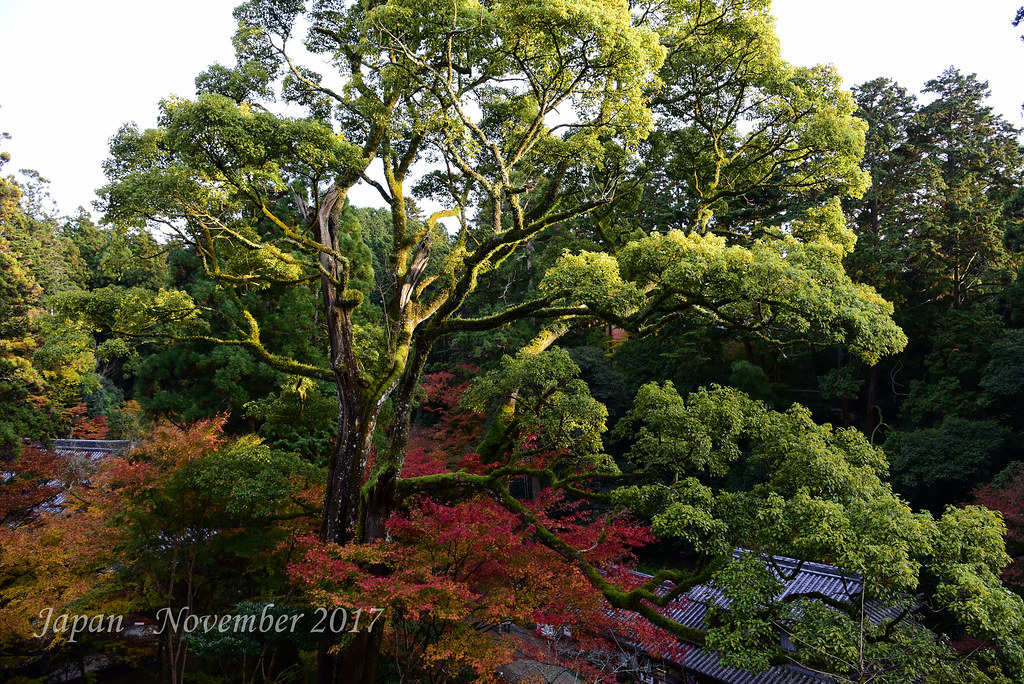

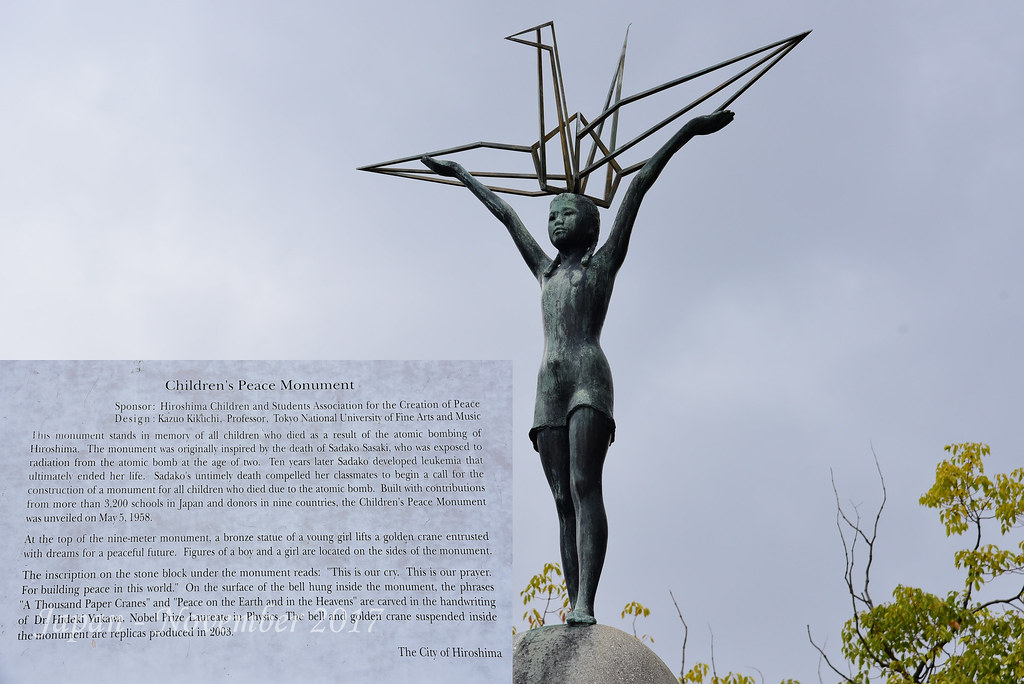
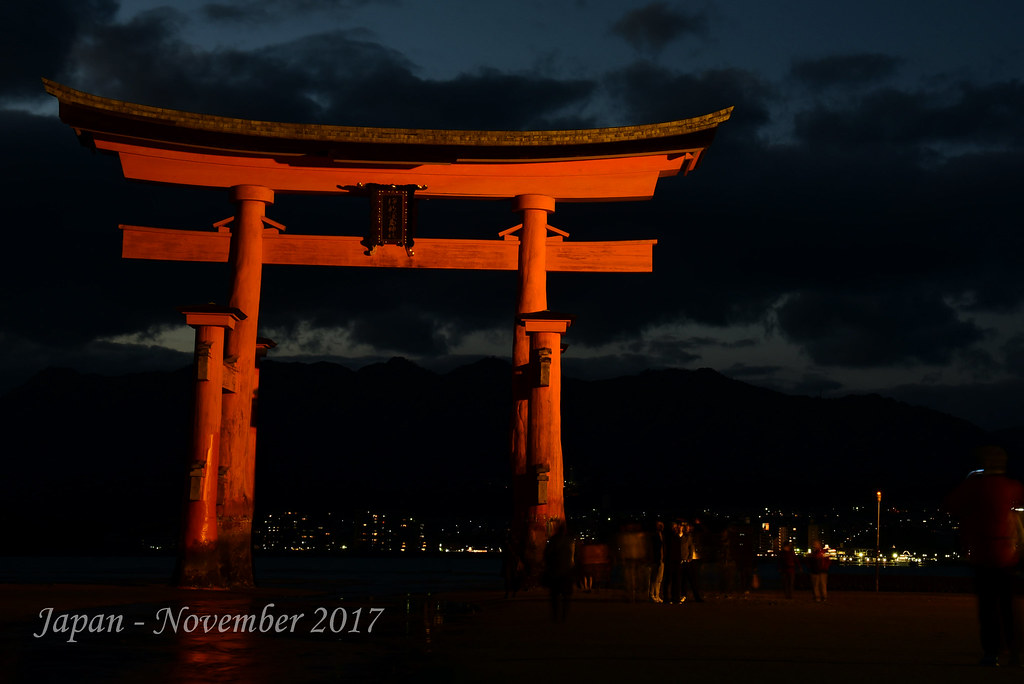

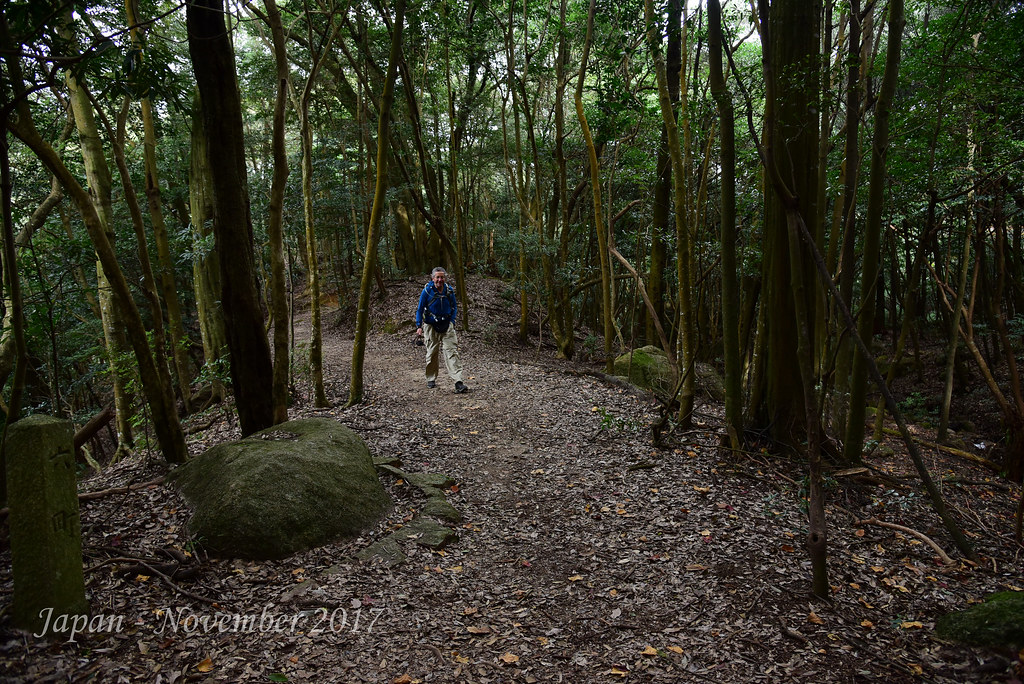
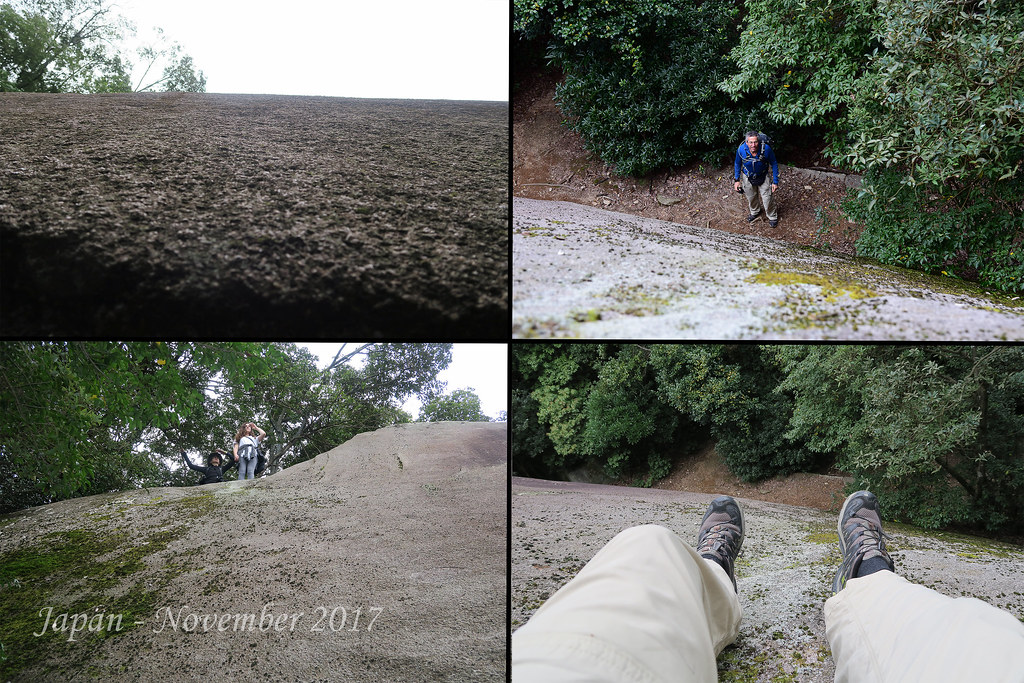
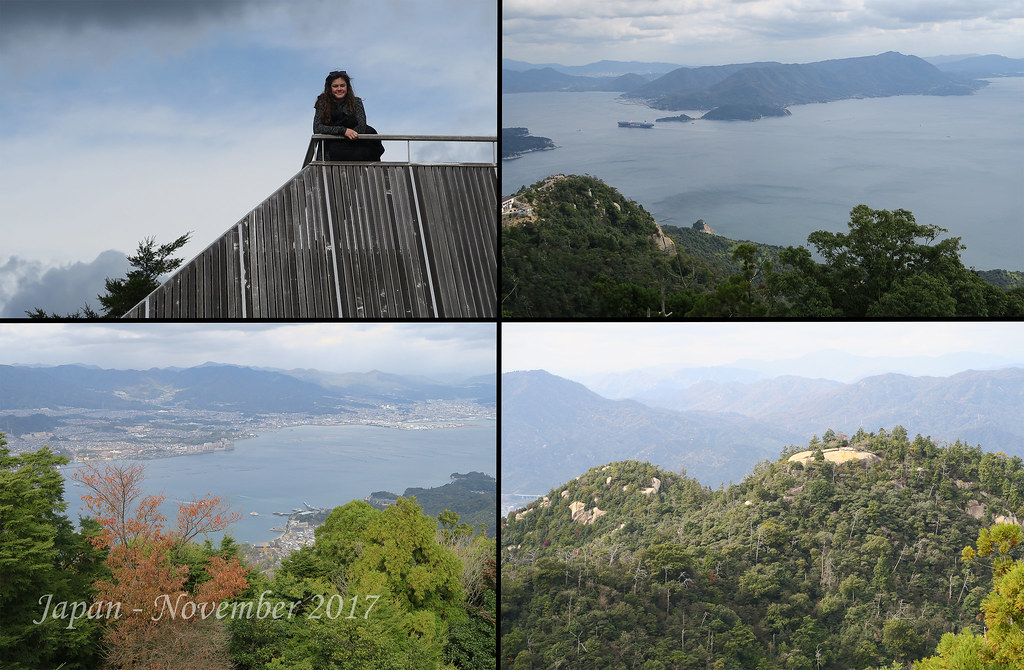
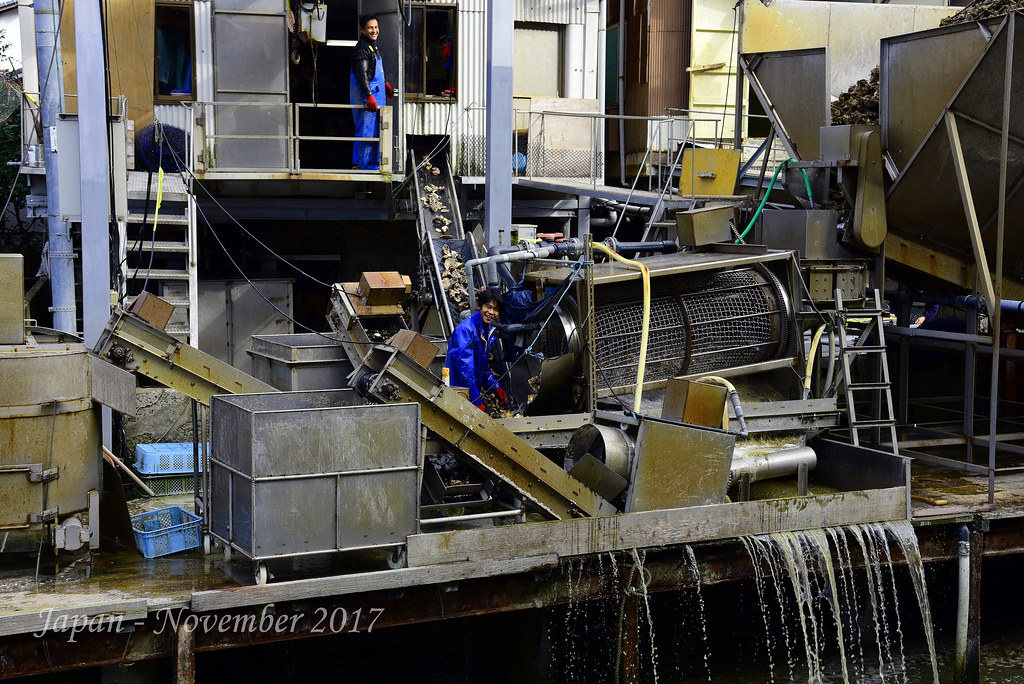

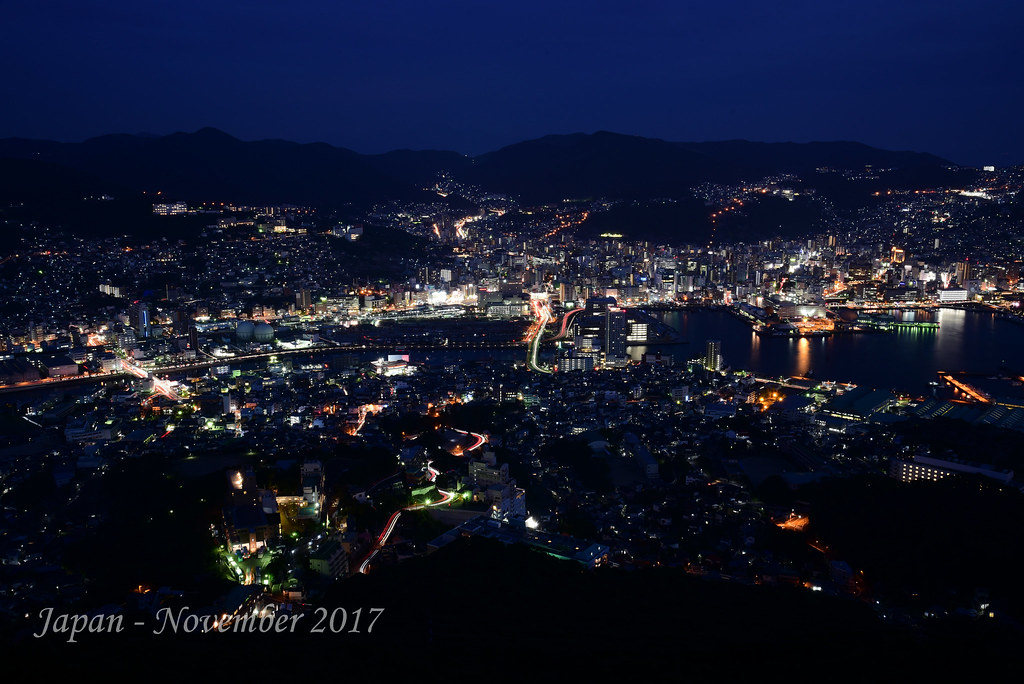
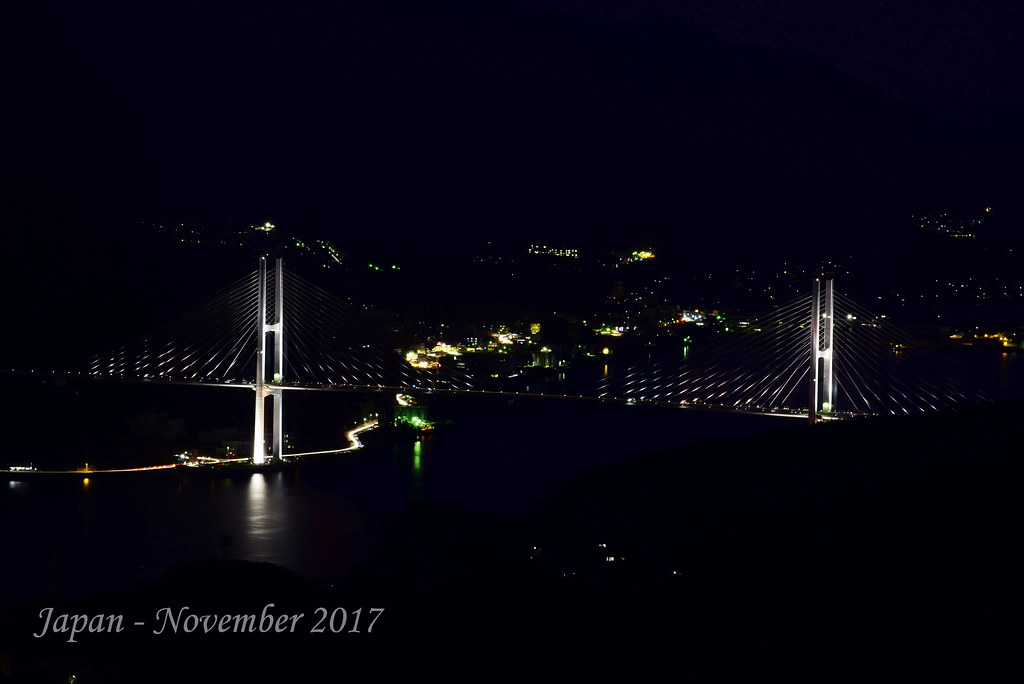
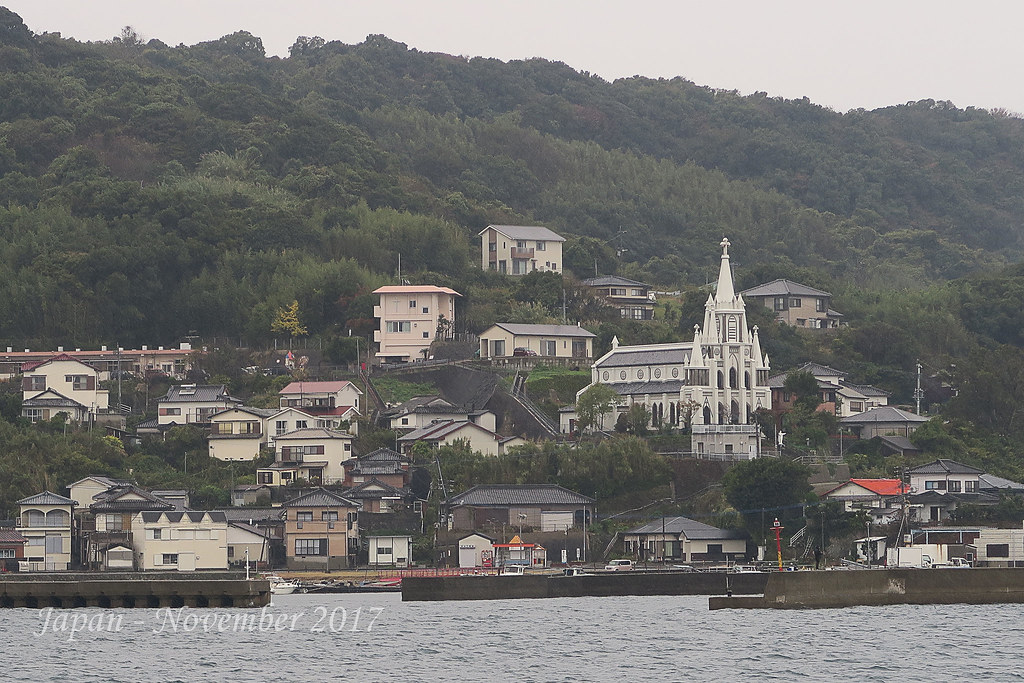


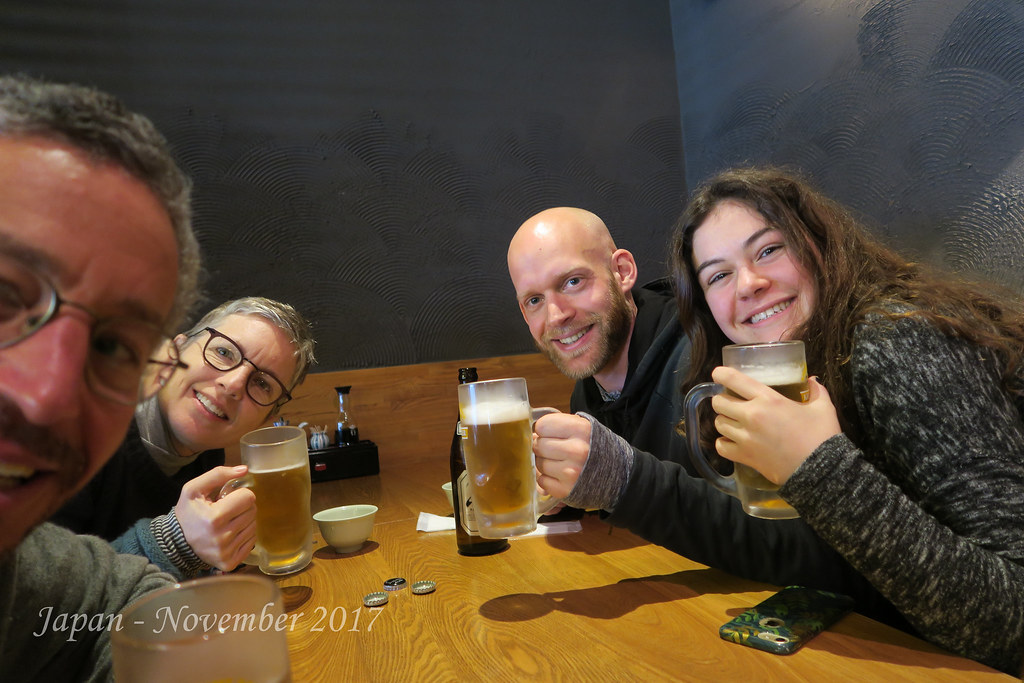


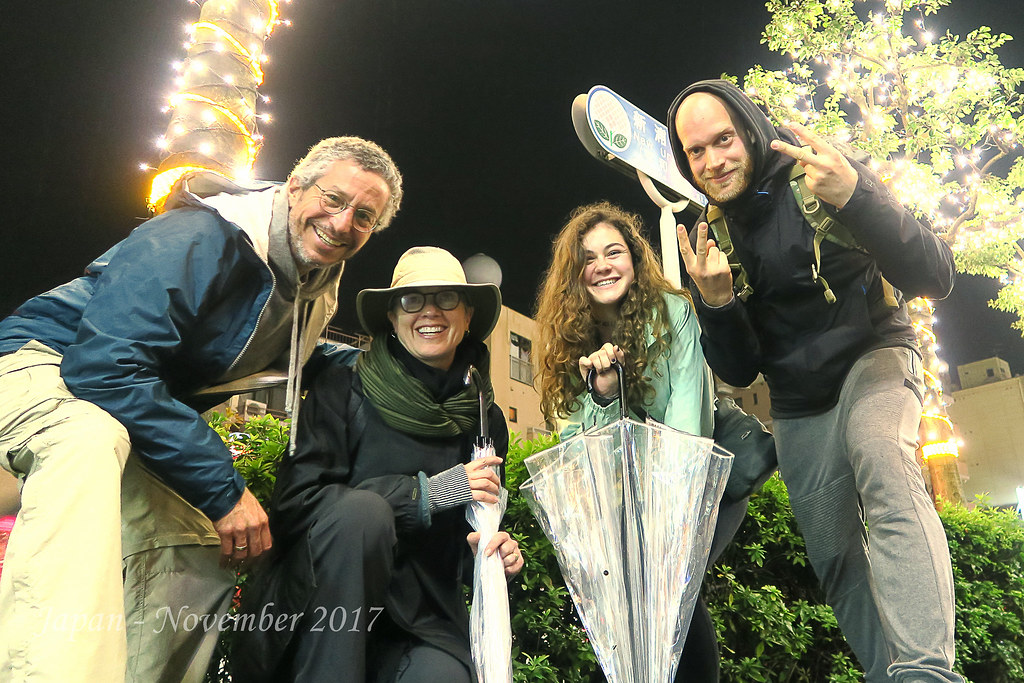
2 comments:
شركه عزل فوم بالرياض
أيضاً تسبب في سقوط الطلاء وظهور التشققات، ولكن من الآن لا داعي
للقلق لأن شركة عزل أسطح تقدم لعملائها الكرام في كافة أنحاء المملكة العربية السعودية .
افضل شركة عزل أسطح
شركه تنظيف مكيفات بالرياض
شركه عزل فوم بالدمام
شركه عزل اسطح بالدمام
شركه عزل فوم بالقطيف
شركه عزل فوم بالاحساء
شركه عزل فوم بالجبيل
The art of surfing is about the many factors that make each person in the water happy; there are about as many diverse forms of surfing as there are watermen. Go surfing to experience a true natural high! Tahoe jet ski
Post a Comment